I have already mentioned earlier that five rivers flow through Leskovac and its surroundings, which is a relatively rare occurrence in Serbia (so many rivers in the immediate vicinity of a city). On the one hand, this is extraordinary because it provides water to this agricultural region, but it can also be problematic during the rainy season when the rivers swell and cause major issues. That’s why the riverbed of the Veternica River, which flows through the city centre, needs to be regulated.
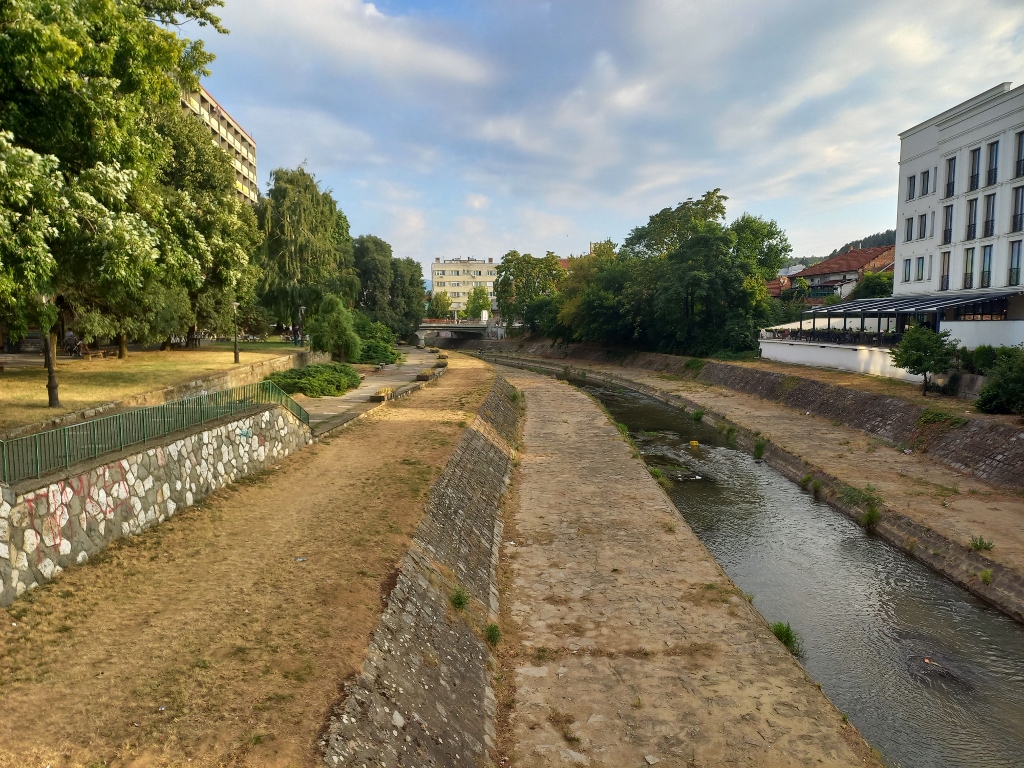 Leskovac, a detail
Leskovac, a detail
Right near the Veternica River, on a plateau, a monument was erected to Toma Zdravković (1938–1991), the famous folk singer who was born in the village of Pečenjevce near Leskovac.
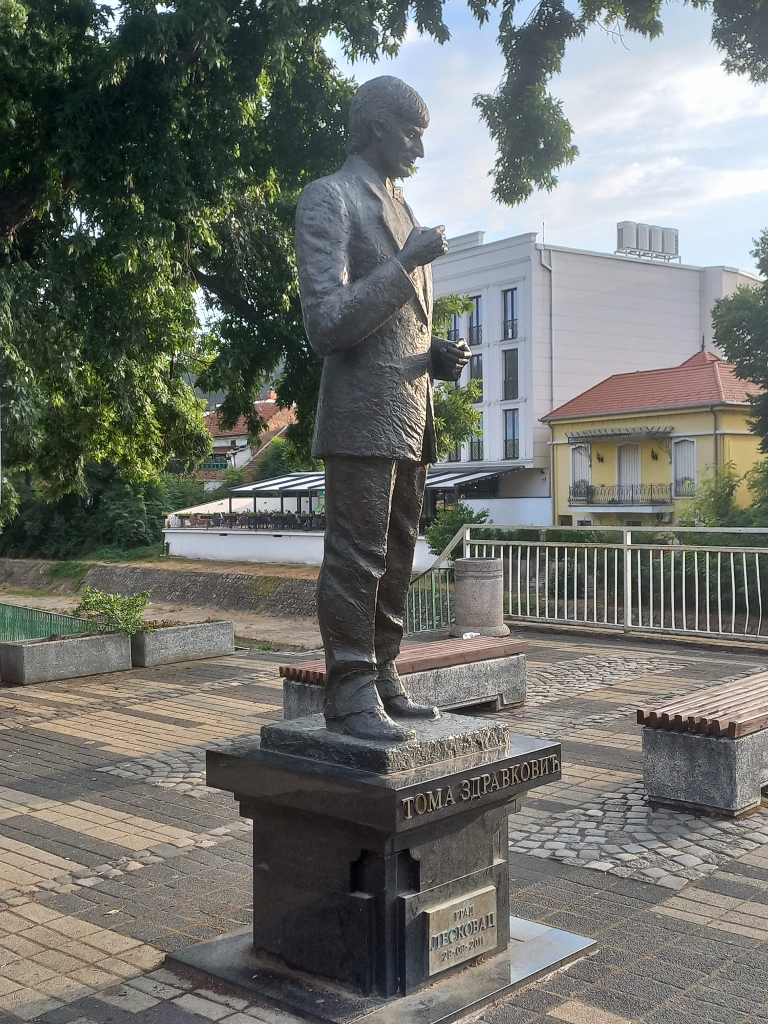 Monument to Toma Zdravković
Monument to Toma Zdravković
Not far from this monument, slightly set back from the street line, there is another immovable cultural asset – Sotir Ilić’s Palace.
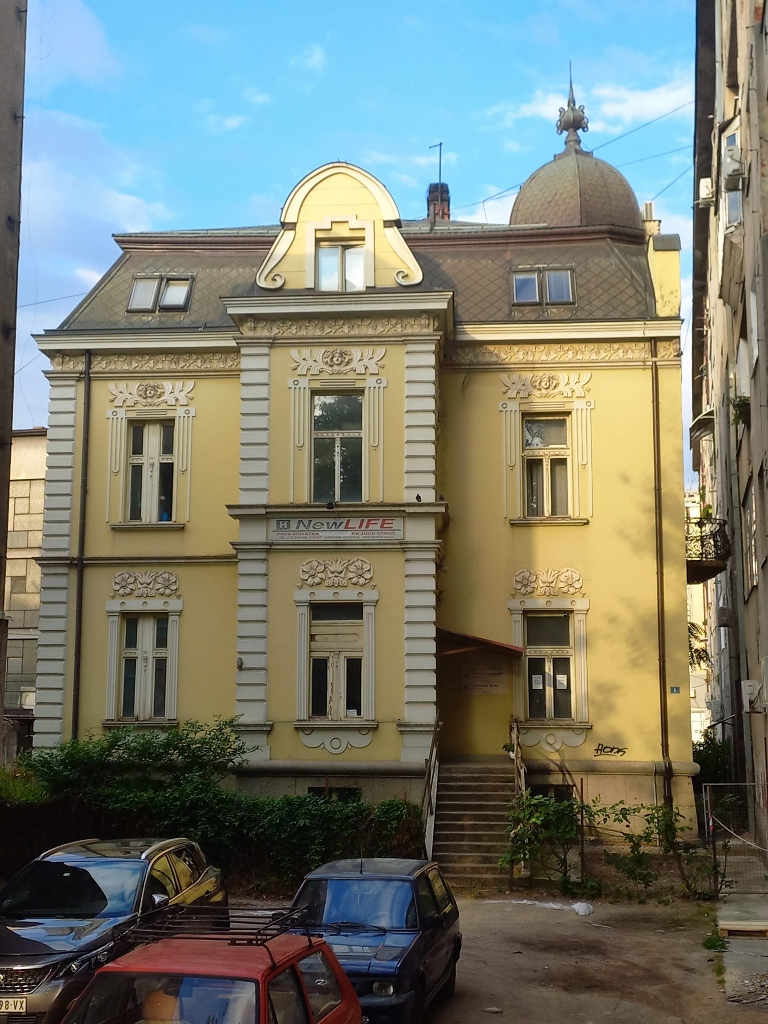 Sotir Ilić’s Palace
Sotir Ilić’s Palace
This is a very beautiful building that was constructed in 1911 and at the time belonged to the well-known industrialist and member of parliament, Sotir Ilić (1873–1935).
He was one of six sons of the renowned merchant and industrialist Kosta Ilić Mumdžija, originally from Vlasotince, Serbia, who was one of the founders of the textile industry in Leskovac and eventually became one of the wealthiest people in the city. Interestingly, Kosta Ilić was among the first in southern Serbia to send his sons abroad in order to get their education there and these sons later not only further developed and expanded the business activities their father had established, but some of them also became involved in politics. I already mentioned in the first part of these stories one of his sons, Petar, as he and his wife were the largest donors to the construction of the Cathedral of the Holy Trinity in Leskovac. His youngest son was Vlada Ilić (1882–1952), who moved to Belgrade as early as 1906 because of the expanding family business operations and who later, besides continuing as an industrialist and businessman, became one of the most successful mayors of Belgrade (1935–1939).
But, let me return to the story of the Sotir Ilić’s Palace. Its main investor was actually Sotir Ilić’s Bulgarian father-in-law, who wanted to build this, for that time, magnificent palace as a gesture of love for his only daughter. The palace was significantly damaged in the Allied bombing of Leskovac on 6 September, 1944, and I don’t know exactly what happened to it afterwards, but it was reconstructed between 1998 and 2003. Today, it features beautiful decorative elements, while since 2004, the building has housed a private surgical hospital.
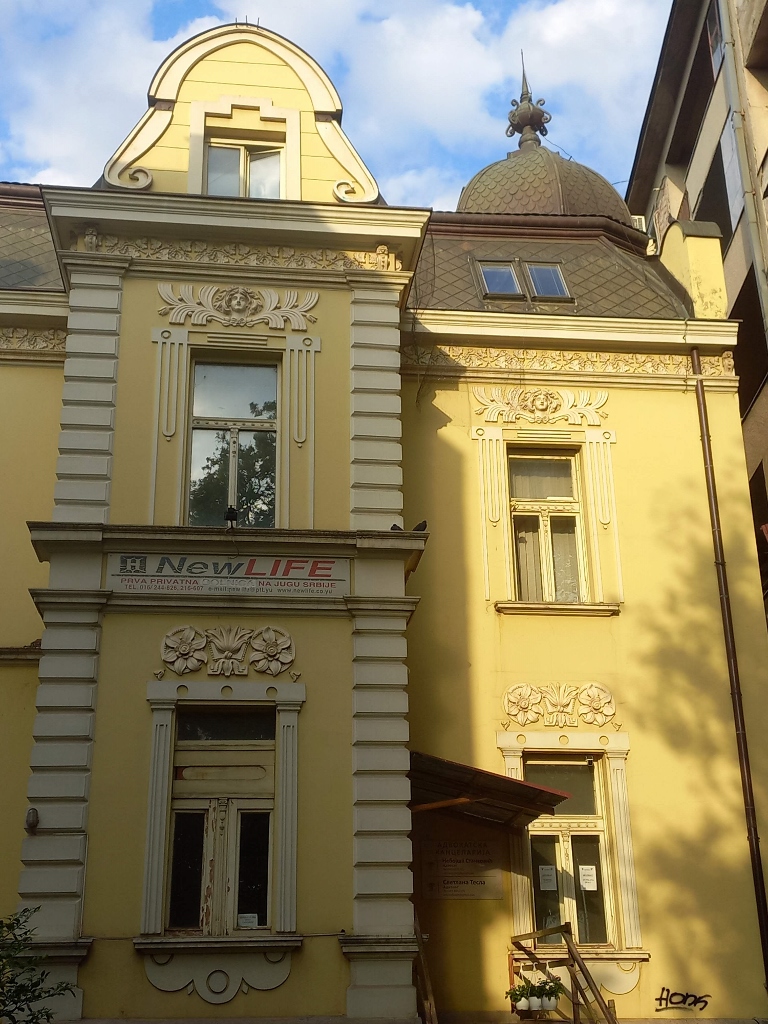 Sotir Ilić’s Palace, a detail
Sotir Ilić’s Palace, a detail
The building once held a prominent position and dominated this part of the city, but according to the first post-war urban plan from 1948, a multi-story residential building was constructed between it and the main street. I believe someone was deeply envious, jealous of the owners, and wanted to hide this beautiful palace – suffice to look at the placement of that new building and the balcony that belongs to Sotir Ilić’s Palace.
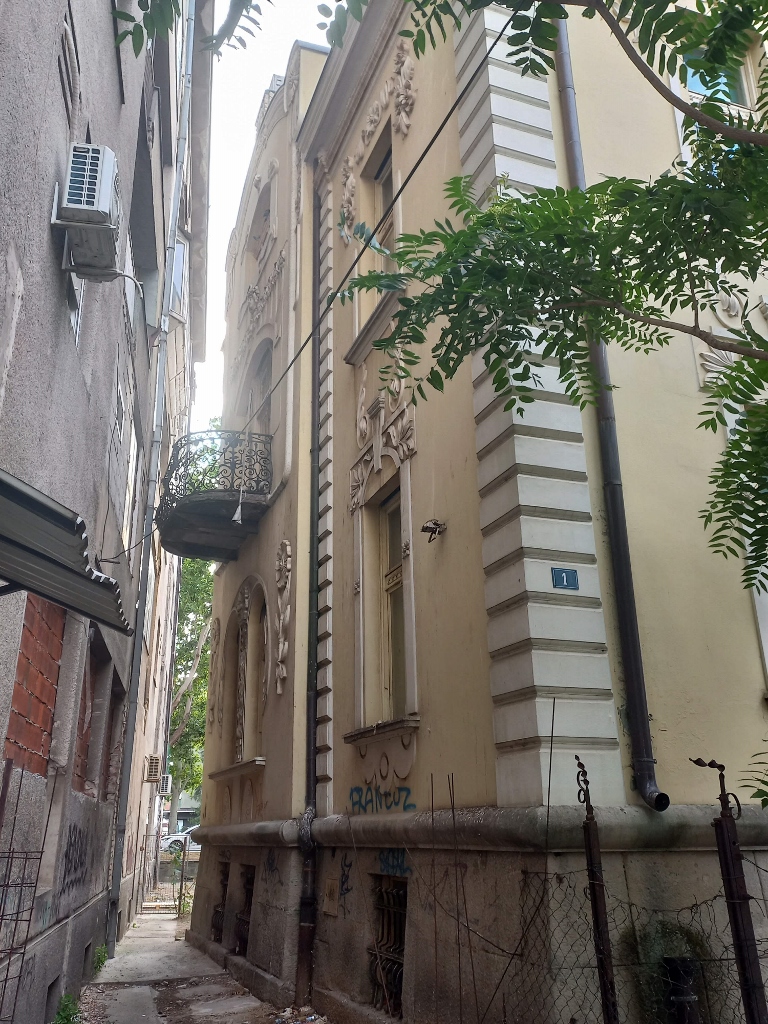 Sotir Ilić’s Palace, a detail
Sotir Ilić’s Palace, a detail
This is truly a very beautiful building and I think the rear façade should also be viewed, as it, too, is rich in decoration.
 Sotir Ilić’s Palace, a detail
Sotir Ilić’s Palace, a detail
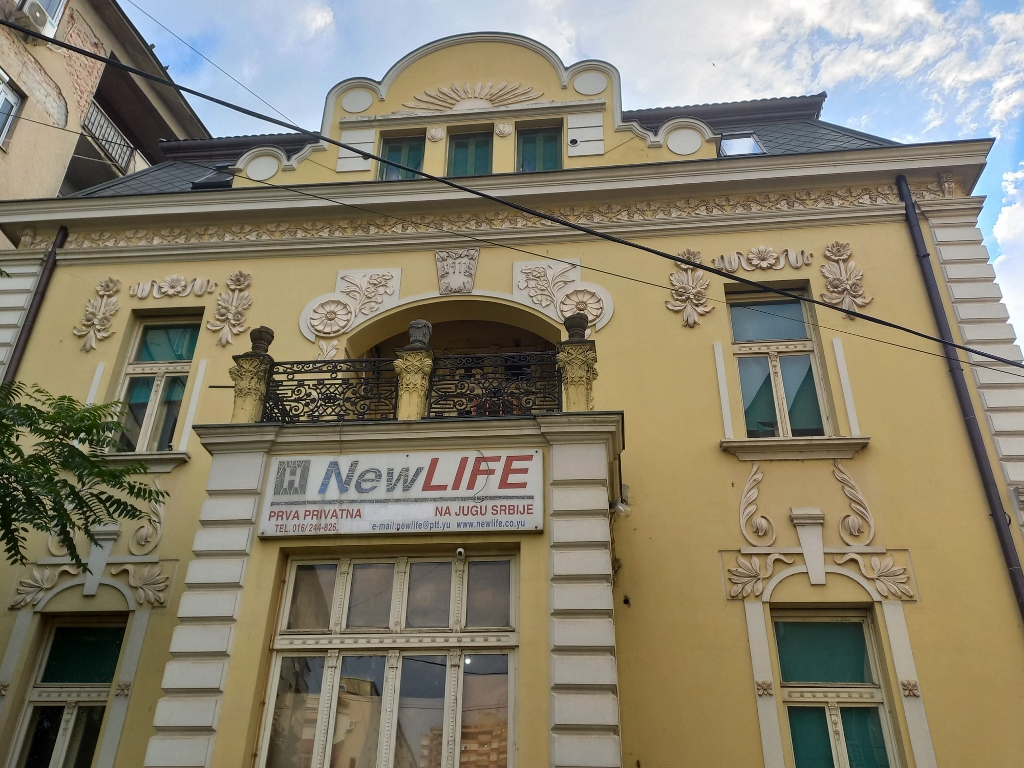 Sotir Ilić’s Palace, a detail
Sotir Ilić’s Palace, a detail
Just a few dozen metres away is the Urban House at Radoja Domanovića 5.
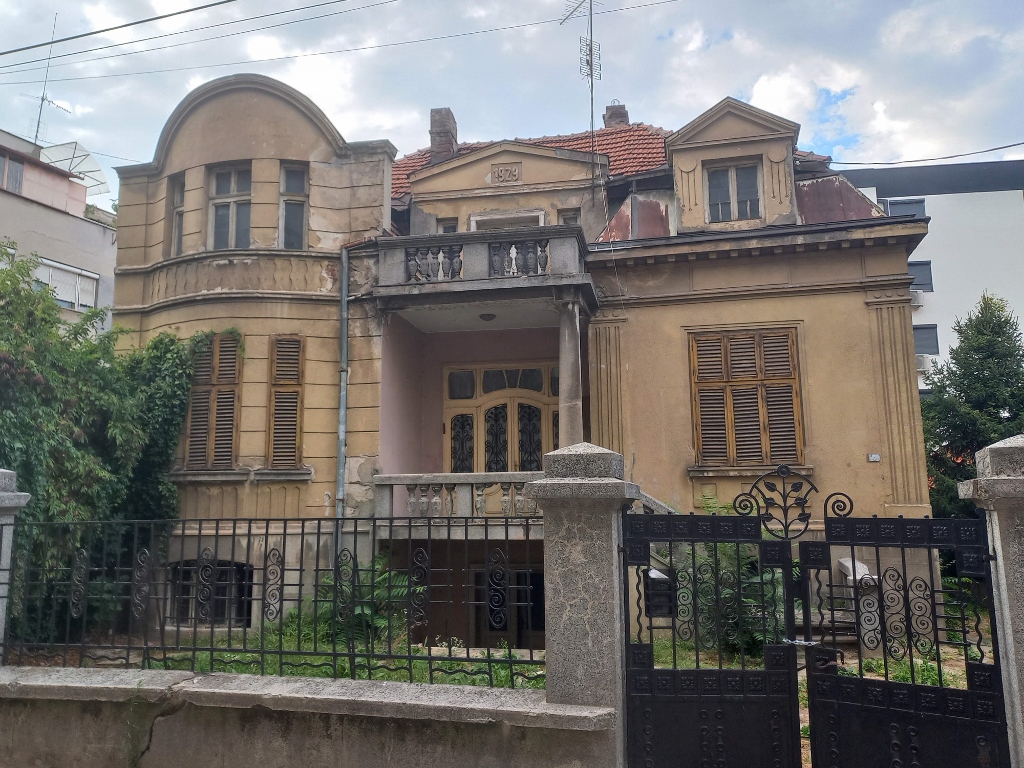 Urban House at Radoja Domanovića 5
Urban House at Radoja Domanovića 5
The house, consisting of a basement, a raised ground floor, and an attic with a mansard roof, was built in 1929 as a property with a courtyard. The western side borders the boundary line of the neighbouring plot, while the other sides are free in relation to the courtyard. This resulted in an asymmetrical layout, with the two wings flanking the central part differing in both structure and appearance.
The courtyard was once arranged as a garden, and although the house appears very beautiful and interesting, in the summer of 2025 it also appeared completely abandoned and neglected.
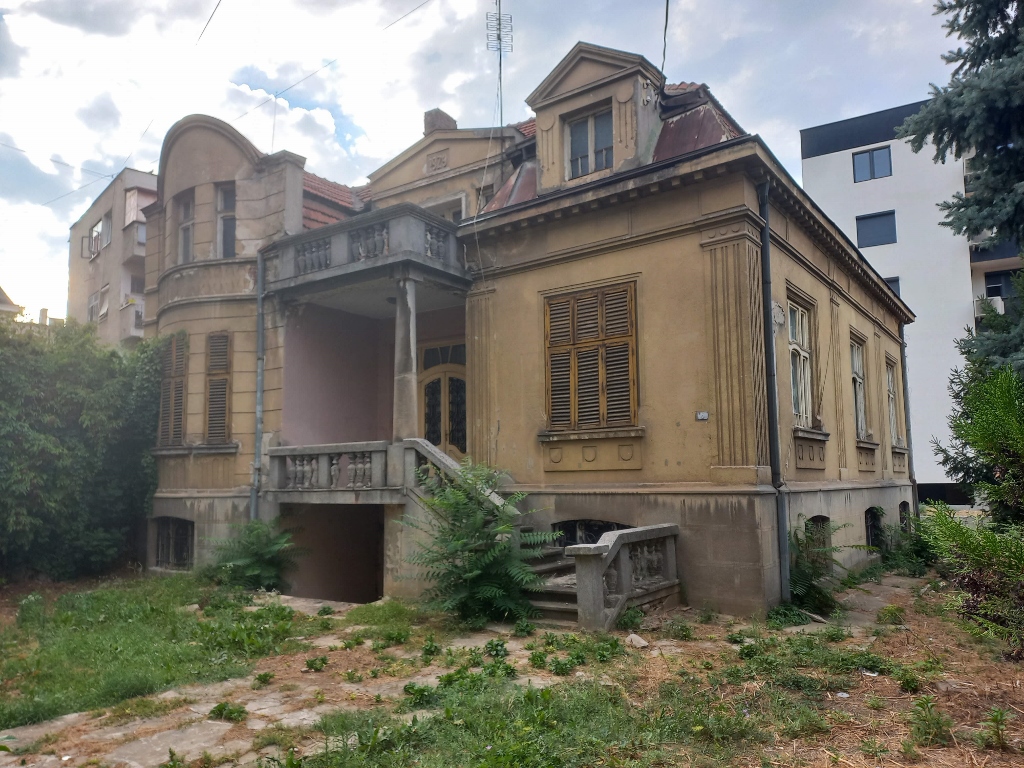 Urban House at Radoja Domanovića 5
Urban House at Radoja Domanovića 5
Still, I should also mention that the entrance leading to the protruding terrace at the level of the raised ground floor stands out in particular. There are columns there that support a second terrace at the attic level, above which the year of construction is visible.
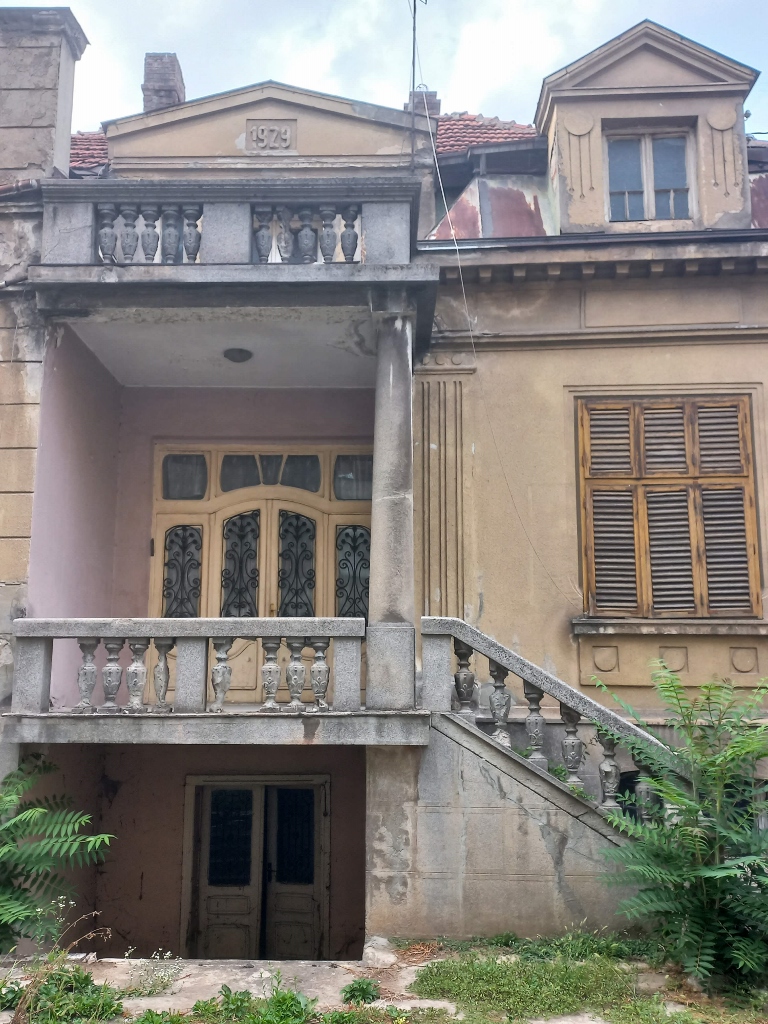 Urban House at Radoja Domanovića 5, a detail
Urban House at Radoja Domanovića 5, a detail
A few houses down, there is another cultural monument, the Urban House at Radoja Domanovića 13, which has also been declared an immovable cultural property as a significant historical building.
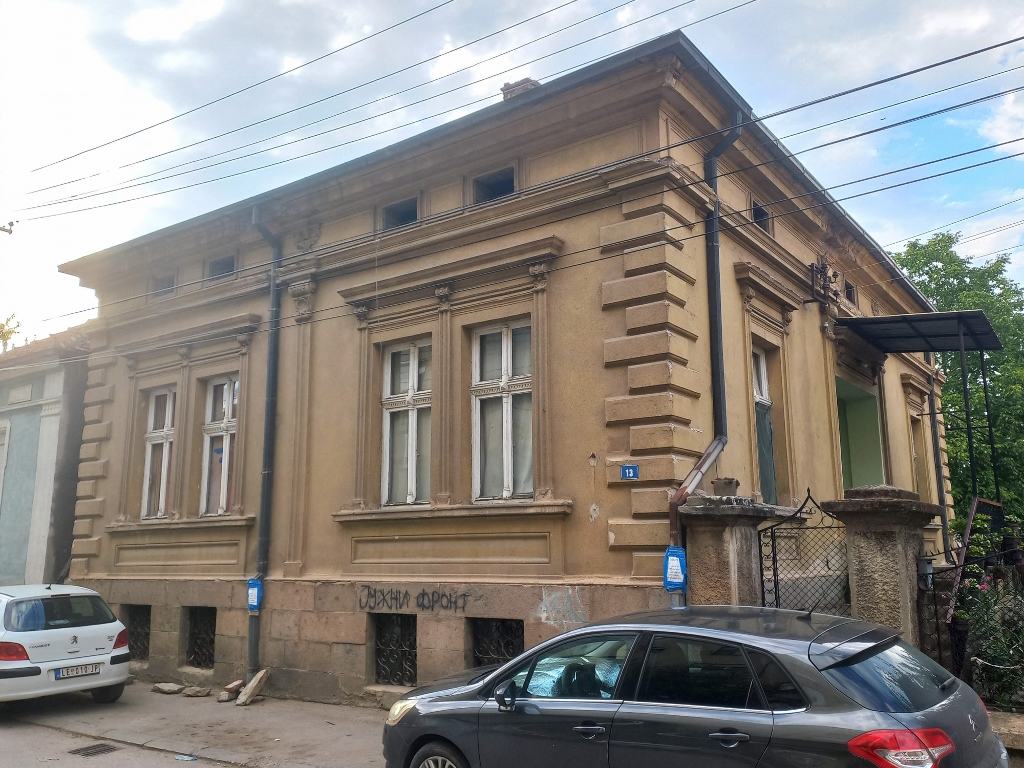 Urban House at Radoja Domanovića 13
Urban House at Radoja Domanovića 13
It was built in the early 20th century as a residential family house consisting of a basement and a raised ground floor, with a rectangular plan. The socle covering the basement level is made of stone blocks, while the exterior decoration is harmoniously executed. The house is accessed from the yard via a staircase leading to recessed entrance doors. From what I’ve read, those entrance doors are especially beautiful due to the rich carved decoration. This can be seen only partially in my next photo.
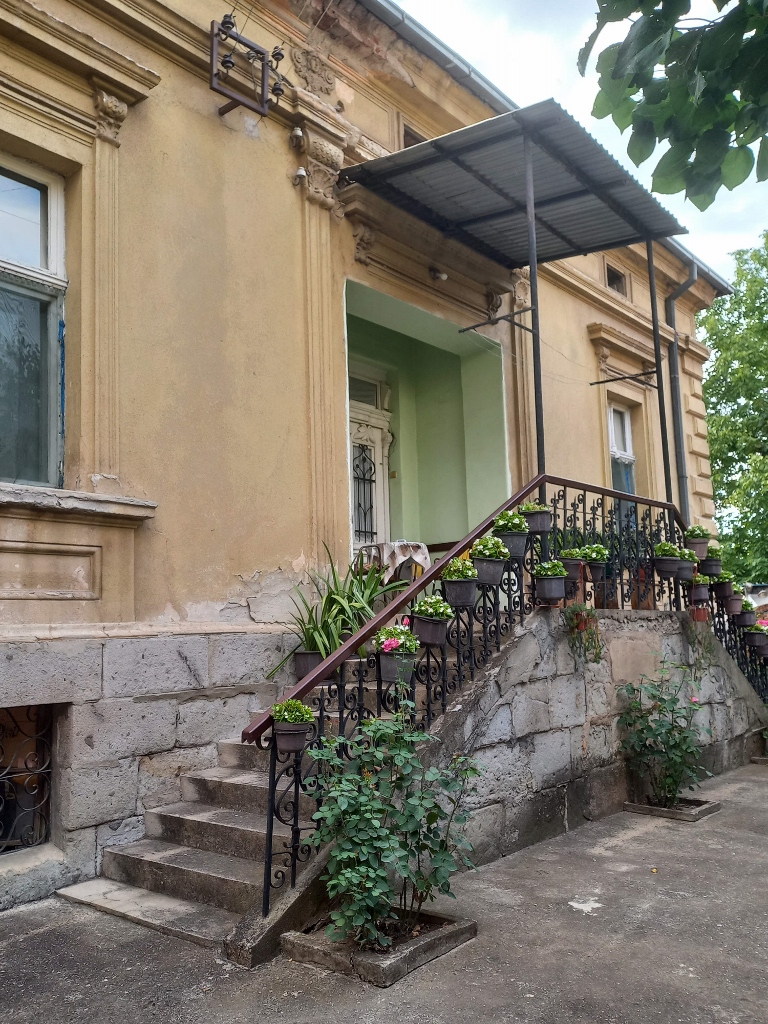 Urban House at Radoja Domanovića 13
Urban House at Radoja Domanovića 13
Two streets away (running in parallel), there are two more immovable cultural properties categorised as cultural monuments. The first one I came to is the Urban House at Maksima Gorkog 15.
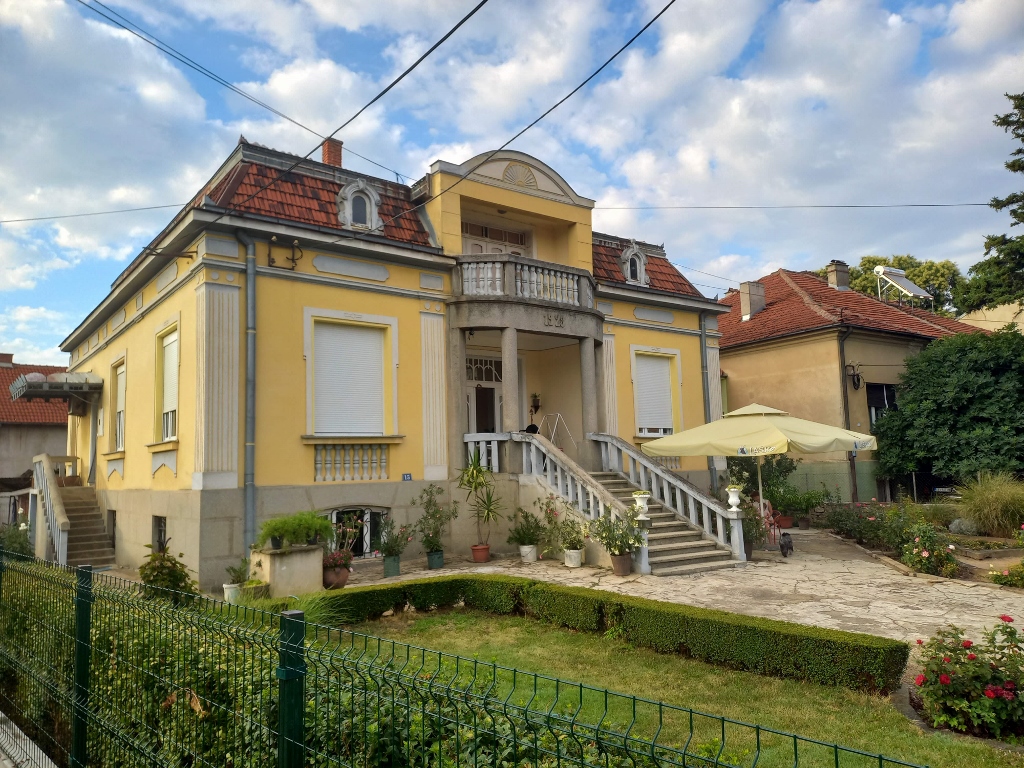 Urban House at Maksima Gorkog 15
Urban House at Maksima Gorkog 15
I was really delighted when I finally came across a beautifully maintained old house (almost 100 years old!!!), with a lovely garden, while the owners were sitting outside. I greeted them and explained that I was observing and photographing the house as part of my visit to cultural monuments. They were extremely kind, told me I wasn’t the first one (which I especially liked), and even invited me to enter the yard if I wanted a closer look at the building. I thanked them and said it was perfectly fine to photograph the house from the street.
The house was built in 1928 for the needs of the merchant Tasić family. It has a square layout, a basement, a raised ground floor, and an attic designed as a mansard. The central part is particularly prominent, featuring a wide entrance staircase, a terrace, and an entrance porch at the raised ground floor level, as well as a terrace at the attic level, above which there is an attic wall in the form of an arched tympanum. Various decorative elements can be seen across the entire façade and on all levels, while the overall appearance is especially enhanced by the beautifully arranged and well-maintained garden.
 Urban House at Maksima Gorkog 15
Urban House at Maksima Gorkog 15
A few houses down, there is another cultural monument – the Urban House at Maksima Gorkog 21.
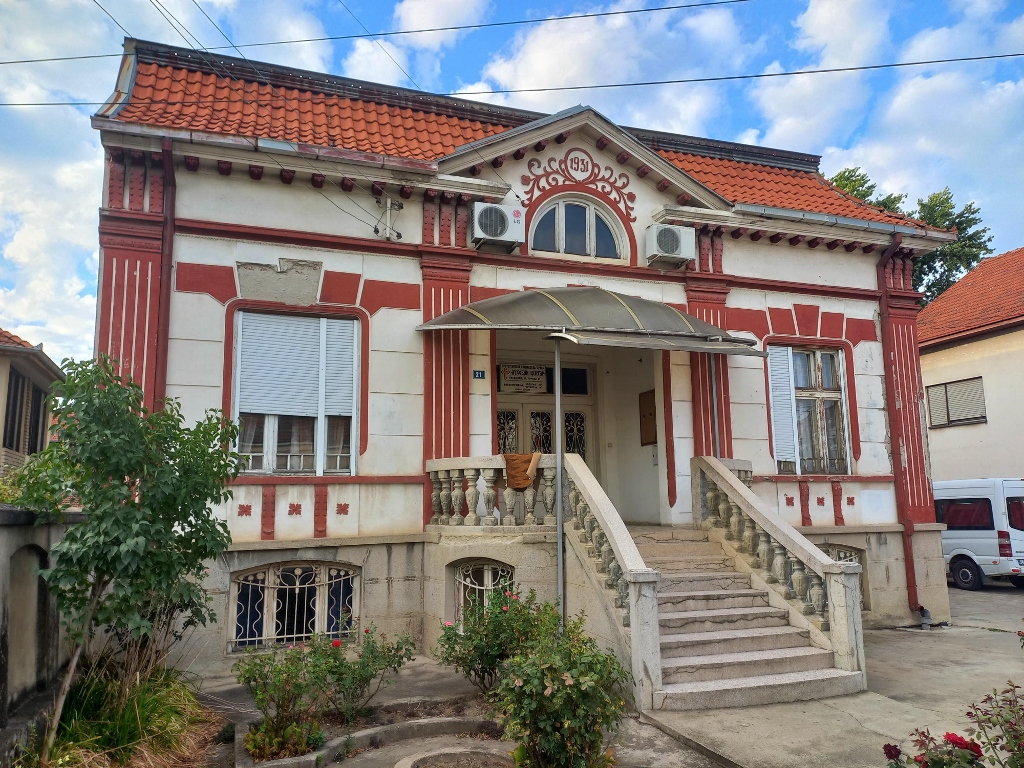 Urban House at Maksima Gorkog 21
Urban House at Maksima Gorkog 21
This house was built in 1931 as a family residence in the form of an urban villa with a landscaped yard. It also consists of a basement, a raised ground floor, and a mansard roof, with the street-facing façade designed entirely symmetrically.
Today, it houses the Spiritual Centre of the Protestant Evangelical Church.
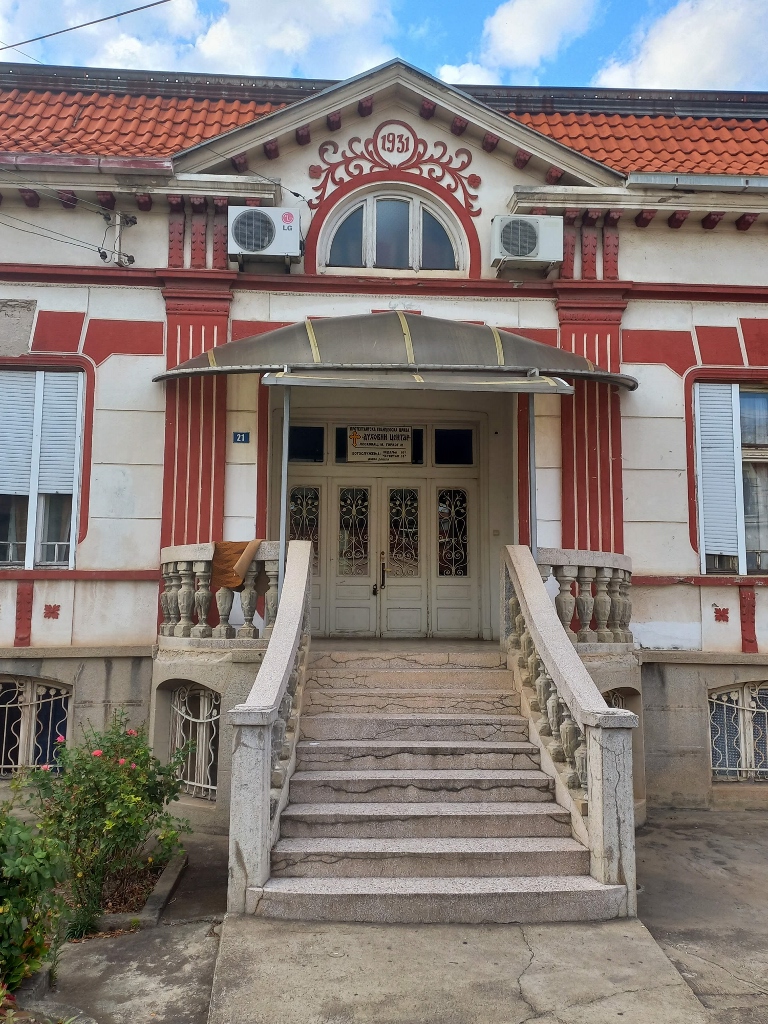 Urban House at Maksima Gorkog 21
Urban House at Maksima Gorkog 21
Just a little further, around the corner, you come to the Urban House at Ratka Pavlovića 12.
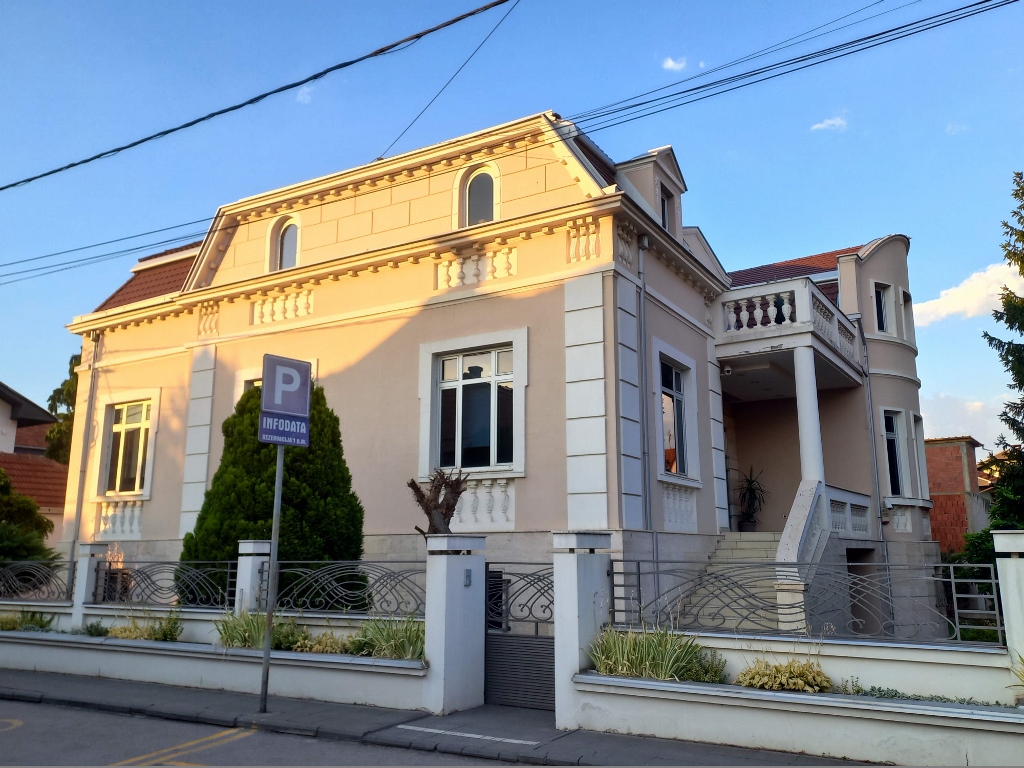 Urban House at Ratka Pavlovića 12
Urban House at Ratka Pavlovića 12
This is another exceptionally well-preserved old house and based on the sign out front, I gathered that a company is currently located there. I don't know whether the company was responsible for the renovation, or if someone restored the house first and the company moved in afterward. Either way, the result is exceptional and the beauty of the house truly stands out.
The building was constructed between 1927 and 1933 as a family residence. Its dimensions appear impressive and the overall look is quite luxurious, even though it consists, like the previously mentioned houses, of a basement, a raised ground floor, and an attic covered with a mansard roof.
The house is accessed from the yard, and I peeked a little over the fence to capture that in a photo.
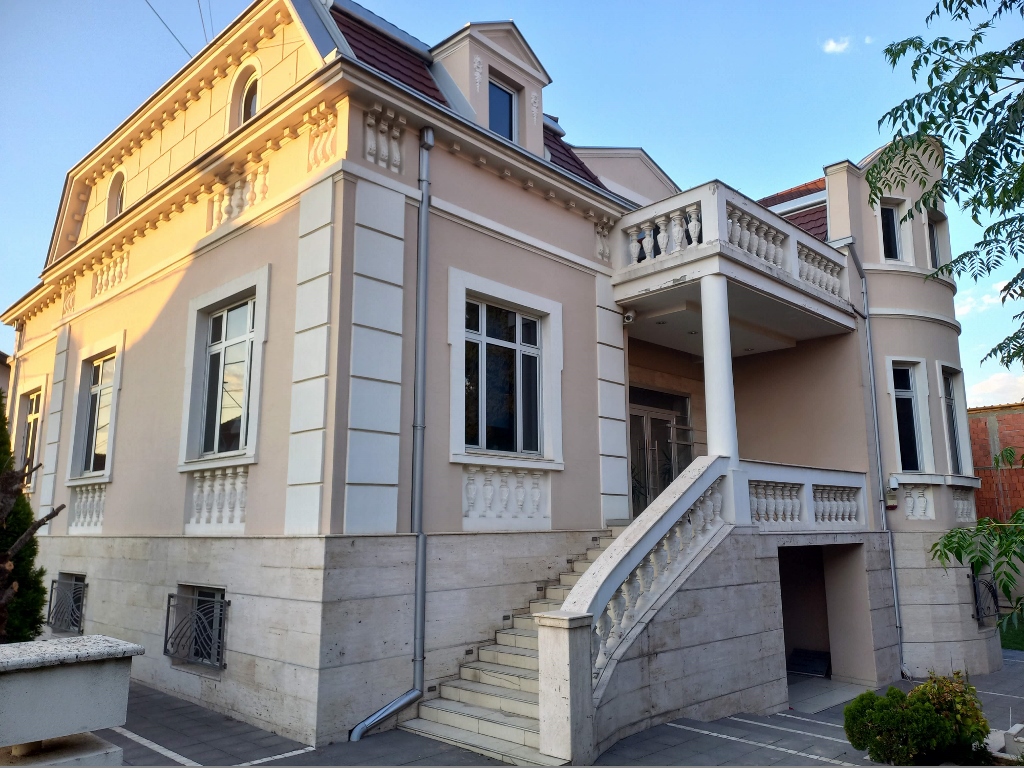 Urban House at Ratka Pavlovića 12
Urban House at Ratka Pavlovića 12
Here I had an “interesting” encounter. A man who was idly walking nearby claimed he was a neighbour living in one of the houses across the street and insisted that this house was number 10, which would suggest that it wasn’t the cultural monument I was looking for or that the information was incorrect (the house itself has no number displayed, but I had checked the numbers of the neighbouring buildings). He also warned me to be careful (since I was filming the house), saying “there are cameras.” I told him I wasn’t doing anything shady, strange or illegal. That was the end of it, but I was honestly surprised by the whole conversation.
Of course, situations like this are often possible because, for reasons unknown to me, people in my country tend not to post house numbers on their buildings. I understand not wanting to drill into an old, elegant façade, but it’s still entirely possible to place the number on the gate or a discreet post with a plaque displaying the number (and possibly the street name). But that’s just how things are done locally… I’d say, all across Serbia.
In this part of the city, there is another urban house built between 1925 and 1930, but the information about it is incorrectly or confusingly listed, so I only discovered it after returning home. The same thing happened with another house in the city centre, which means I’ll have to do a “make-up visit” the next time I come here.
For now, my story continues to the City Park in the very centre of Leskovac.
 Leskovac City Park
Leskovac City Park
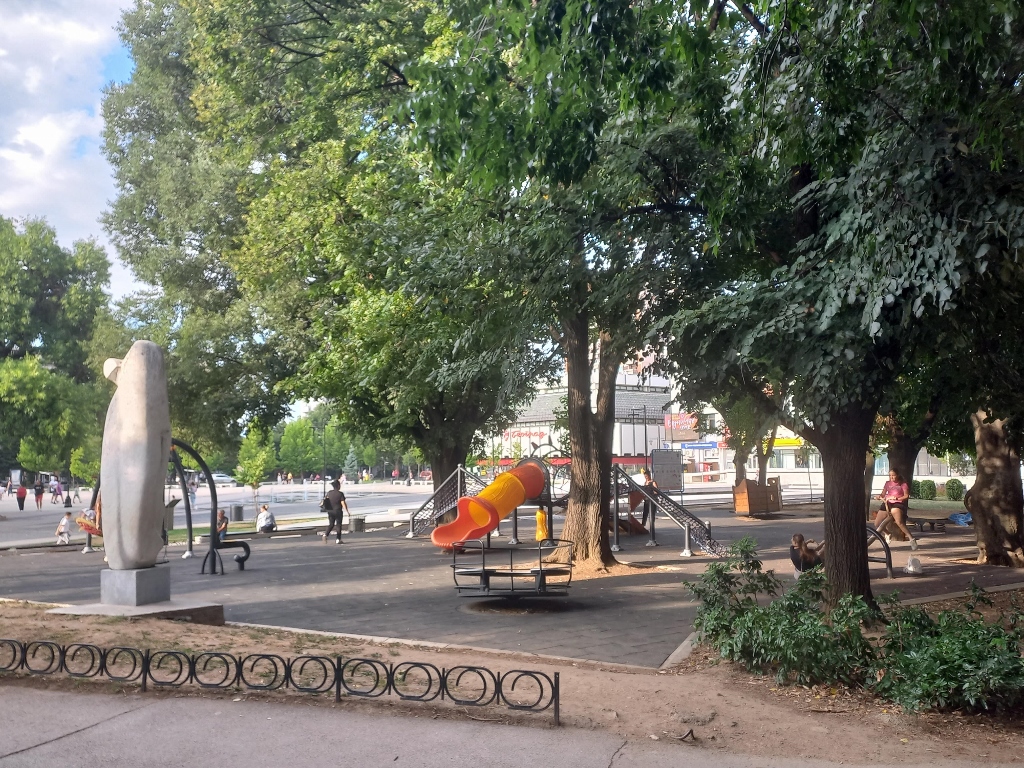 Leskovac City Park
Leskovac City Park
Besides being a nicely greened space where people of all ages, especially children and the elderly, can enjoy themselves, this is also the site of another important immovable cultural property: the Monument to the Fallen for the Fatherland 1877-1918.
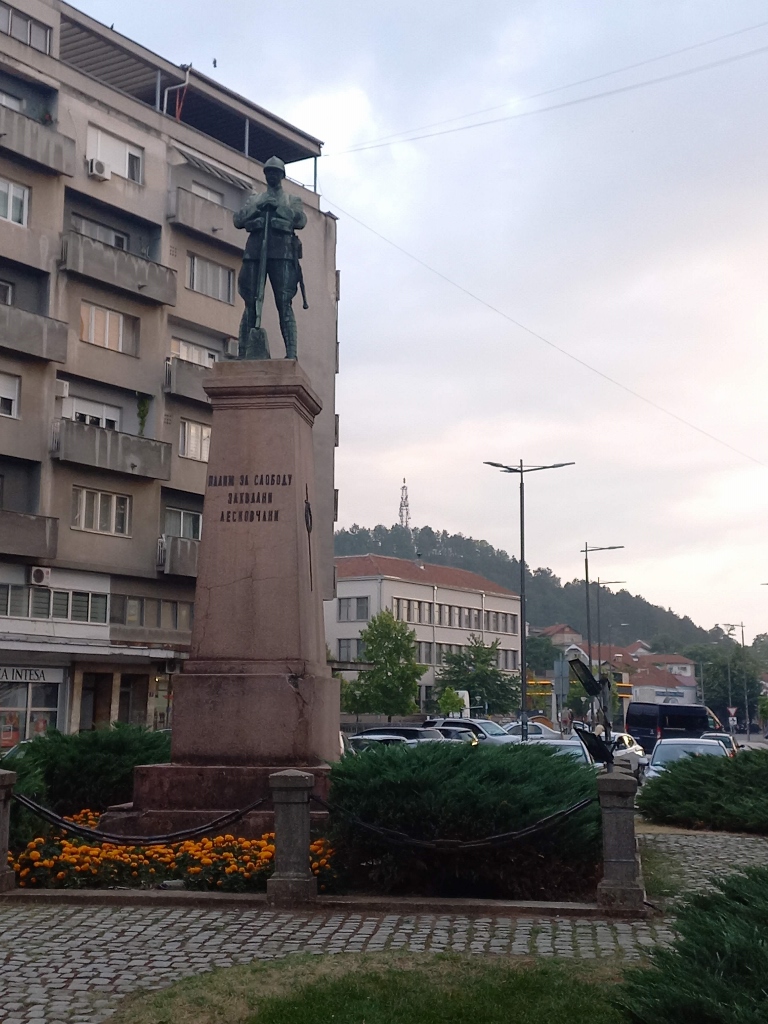 Monument to the Fallen for the Fatherland 1877-1918
Monument to the Fallen for the Fatherland 1877-1918
The monument was unveiled on 23 October, 1927, to mark the 50th anniversary of the liberation from the Turks. It consists of an obelisk made of artificial stone and a bronze figure of a fully equipped warrior.
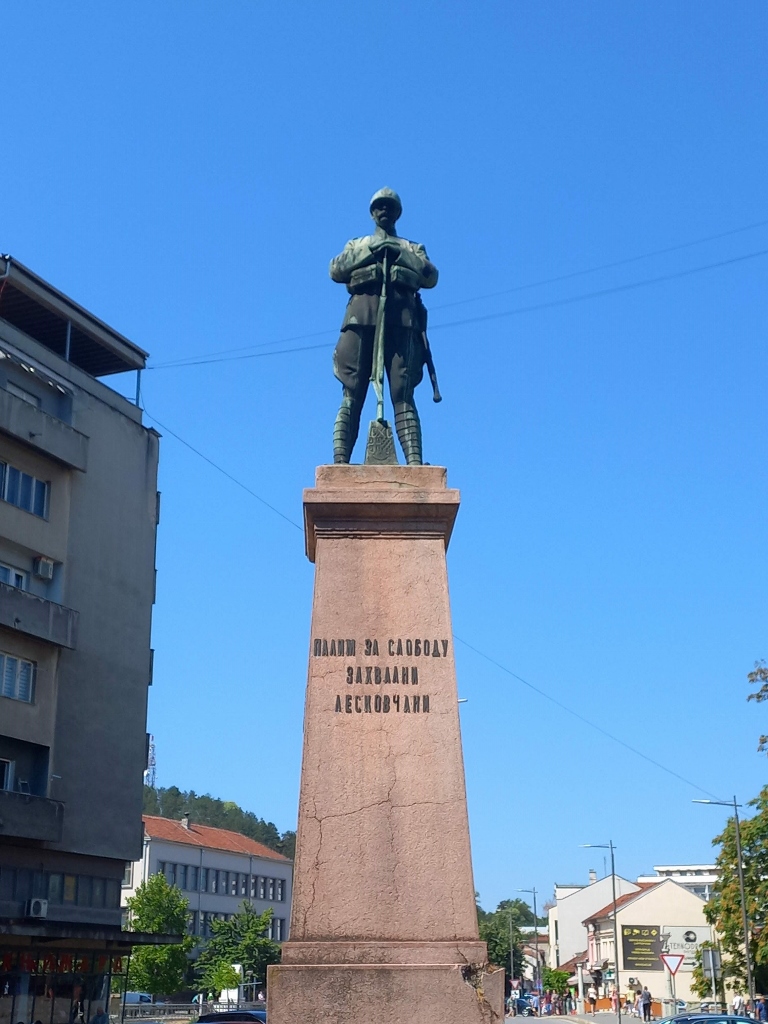 Monument to the Fallen for the Fatherland 1877-1918
Monument to the Fallen for the Fatherland 1877-1918
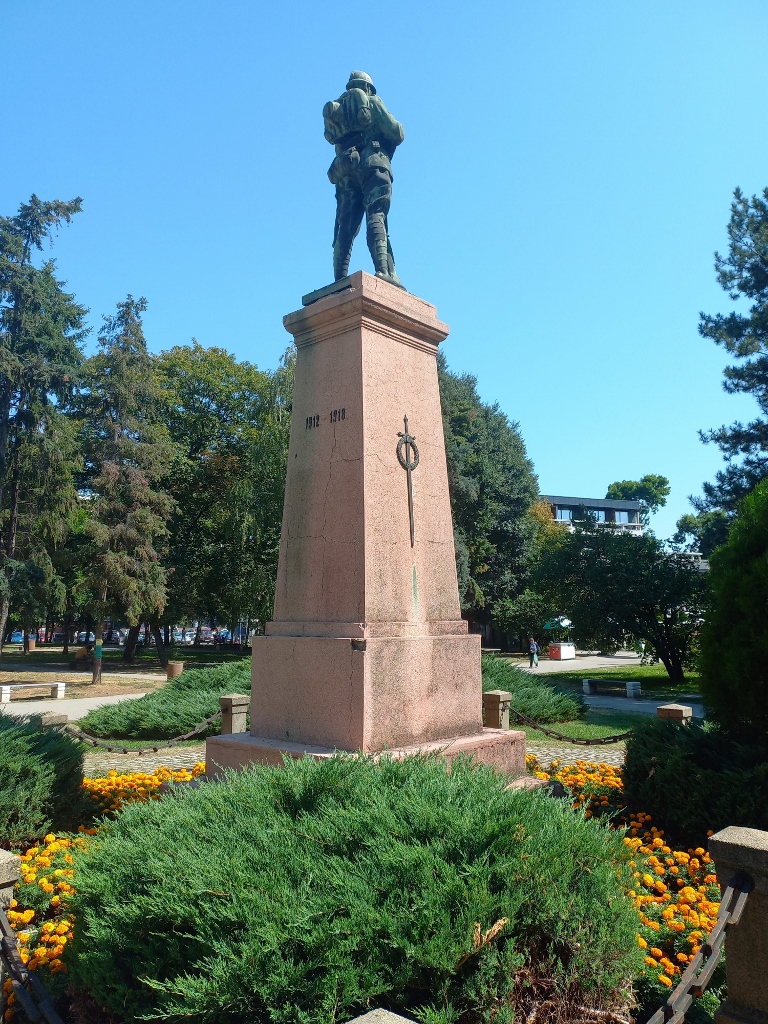 Monument to the Fallen for the Fatherland 1877-1918
Monument to the Fallen for the Fatherland 1877-1918
I deliberately took and posted the first photo showing this monument in order also to capture Hisar Hill rising above the city. There is also an immovable cultural property there in the form of an archaeological site, but given my (not-so-great) experience with archaeological sites, I didn’t go there. On the other hand, I probably should visit the next time I’m in Leskovac, since excavations are often ongoing and there might be something to see after all.
For those who don’t want to visit the site in person, there is the National Museum right in the city centre, by the City Park, where many exhibits can be seen, not only from Hisar, but also from Justiniana Prima site and various other locations. I’ve been to the museum before, so I didn’t go this time, but it’s definitely a place I plan to visit again next time I’m in town.
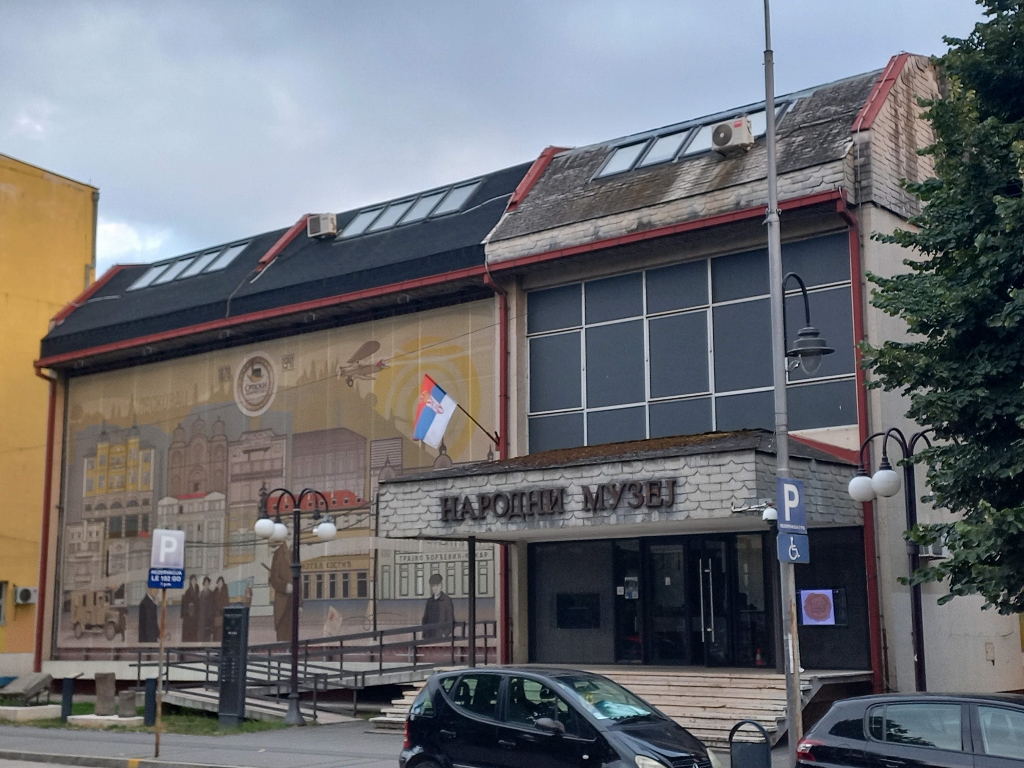 National Museum in Leskovac
National Museum in Leskovac
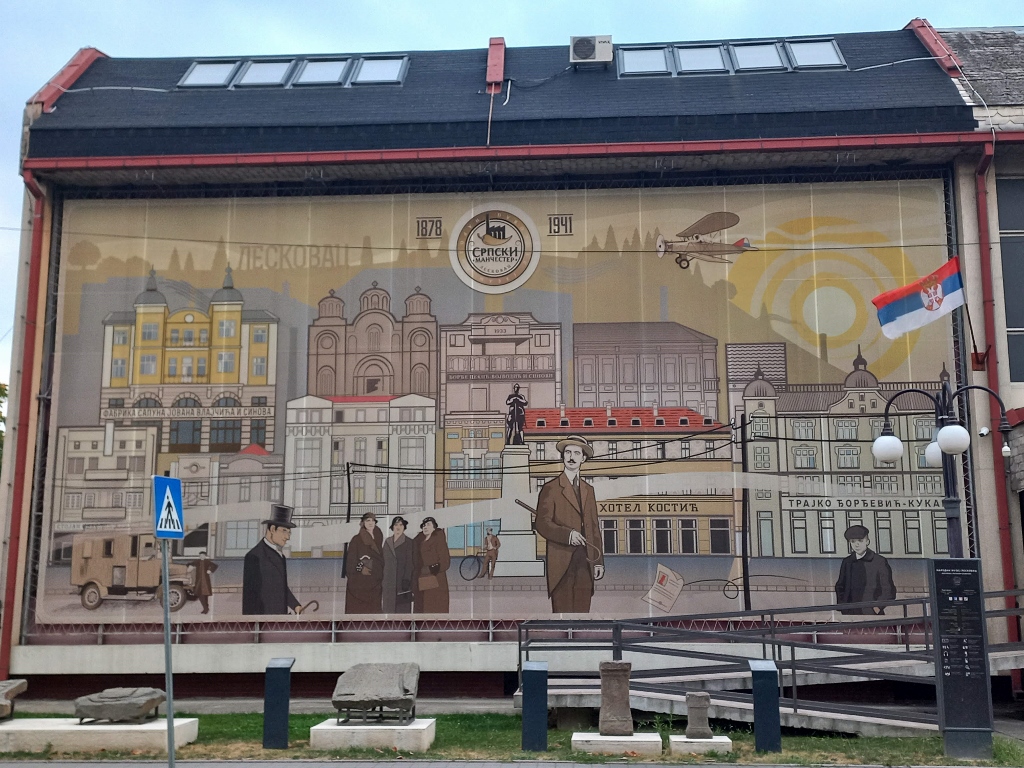 National Museum in Leskovac
National Museum in Leskovac
When you turn from the street where the National Museum is located into Kosta Stamenković Street, you quickly reach another cultural institution – the National Theatre.
Interestingly, today’s National Theatre in Leskovac owes its existence to Radoje Domanović (1873–1908), a well-known Serbian writer who worked for a time in Leskovac as a Serbian language teacher at the Grammar School. He founded an amateur theatre troupe in 1896, but it ceased operations two years later when Domanović left Leskovac.
Another interesting fact is that from 3 October, 1970, the theatre was completely free of charge and was the only such theatre in Yugoslavia. At that time, numerous factories operated in Leskovac (textile, chemical, and pharmaceutical one), and they allocated part of their earnings to support the theatre’s operation. I used to visit Leskovac with my family during summer or winter breaks, so I didn’t often get to take advantage of this benefit, but I do remember at least one visit to the free theatre.
That’s no longer the case today, but the theatre is certainly beautiful and was renovated in 2014 according to the original 1930 designs.
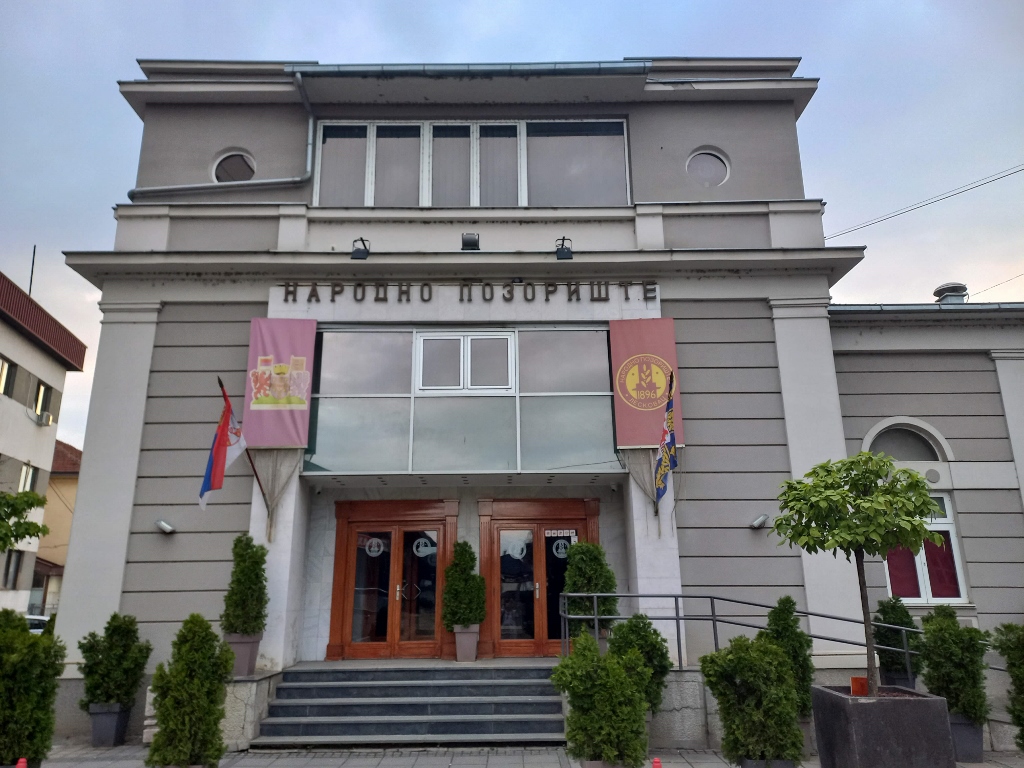 National Theatre in Leskovac
National Theatre in Leskovac
While visiting these various sites around Leskovac, I often crossed the Veternica River. That crossing always reminds me of when I was little and used to go from my grandmother’s flat to my aunt’s house. I especially remember exactly where the pastry shop was, the one I loved to stop by. That pastry shop is gone now, but the Veternica still brings back memories of it and the great ice-cream they had.
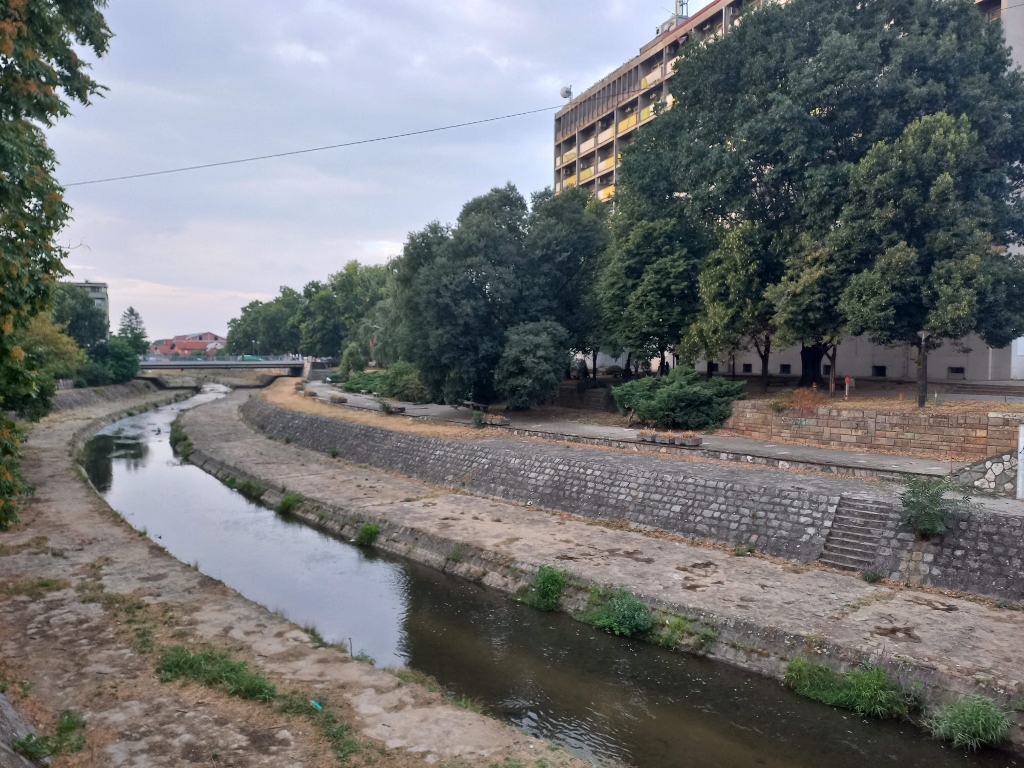 Leskovac, a detail
Leskovac, a detail
One day, I saw two boys fishing a little further along.
 Leskovac, a detail
Leskovac, a detail
I don’t know why, but despite the fond memories and associations I have with this river that flows through the city centre, I always thought there were no fish in the Veternica. Seeing these two boys with a fishing rod surprised me. I stopped on the pedestrian bridge and took a couple of photos. While standing there, I suddenly spotted a fish splashing around. Wow! I started looking more closely at the river and then realised there were actually quite a few fish there and they didn’t seem small either. I even recorded them with my mobile, but the recording was of poor quality. So you have to take my word for it.
Afterwards, I walked along the path by the river near the boys and showed them where I had seen the fish, and they kindly thanked me. I didn’t stay to see if they caught anything.
In the eastern part of Leskovac, there are also a couple more houses classified as immovable cultural properties and listed as cultural monuments. One of them is the Memorial House of People’s Hero Kosta Stamenković.
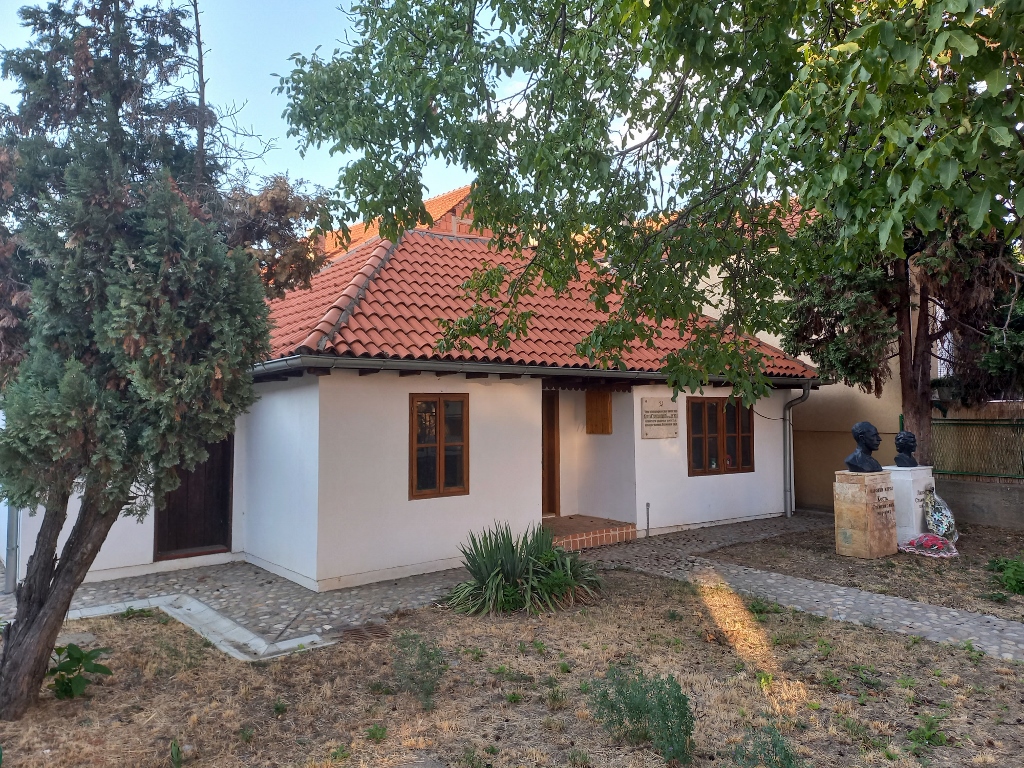 Memorial House of People’s Hero Kosta Stamenković
Memorial House of People’s Hero Kosta Stamenković
The house is located at the corner of two streets and is surrounded by a yard. It is a single-story building constructed using the half-timber system and it consists of three rooms. Although the house is certainly old and interesting due to its traditional architectural style, the main reason it was declared a cultural monument is that Kosta Stamenković (1893–1942), a revolutionary and fighter for workers’ rights from Leskovac, was born and lived there. For a time, the house was in quite poor condition with a collapsed roof, but it has since been restored and a new roof has been built.
Today, it is part of the National Museum and houses a permanent exhibition showcasing the interior of a worker’s house from the early 20th century. Visits to this museum must be arranged in advance, as it is not open continuously. However, during my visit to Leskovac, conservation work was being carried out, so it was completely closed to visitors.
In front of the house, in the yard, there are busts of Kosta Stamenković and his daughter Lepša Stamenković (1922–1942), who was also a partisan. Both were killed in battles in March 1942.
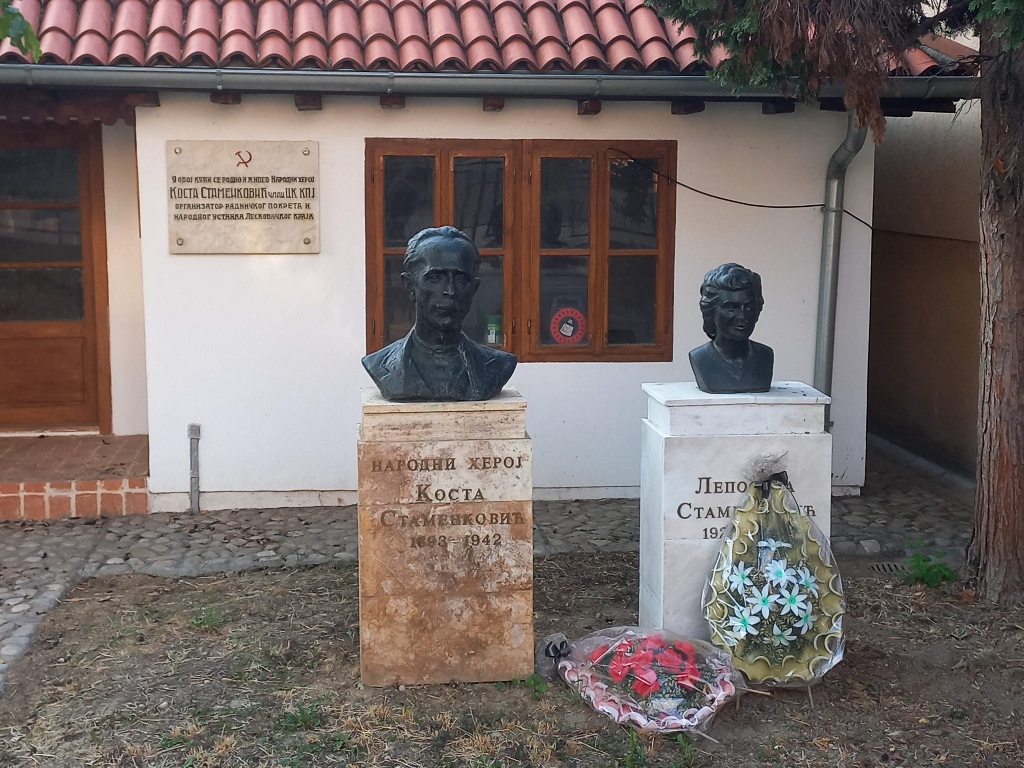 Memorial House of People’s Hero Kosta Stamenković, a detail
Memorial House of People’s Hero Kosta Stamenković, a detail
Also in the eastern part of the city is the Urban House at Nikole Skobaljića 34-36 that is a cultural monument as well.
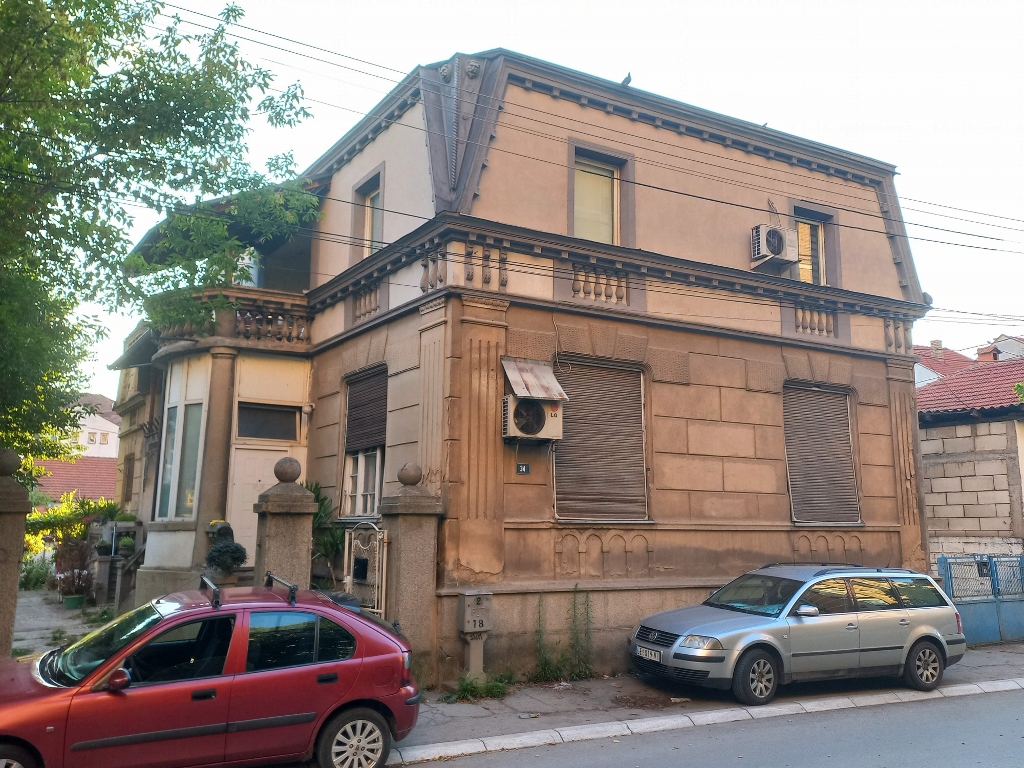 Urban House at Nikole Skobaljića 34-36
Urban House at Nikole Skobaljića 34-36
The house was built between 1926 and 1935. It also consists of a basement, a raised ground floor and an attic, and I even stepped into the yard a little in order to get a better view of the entrance, which features some quite impressive elements.
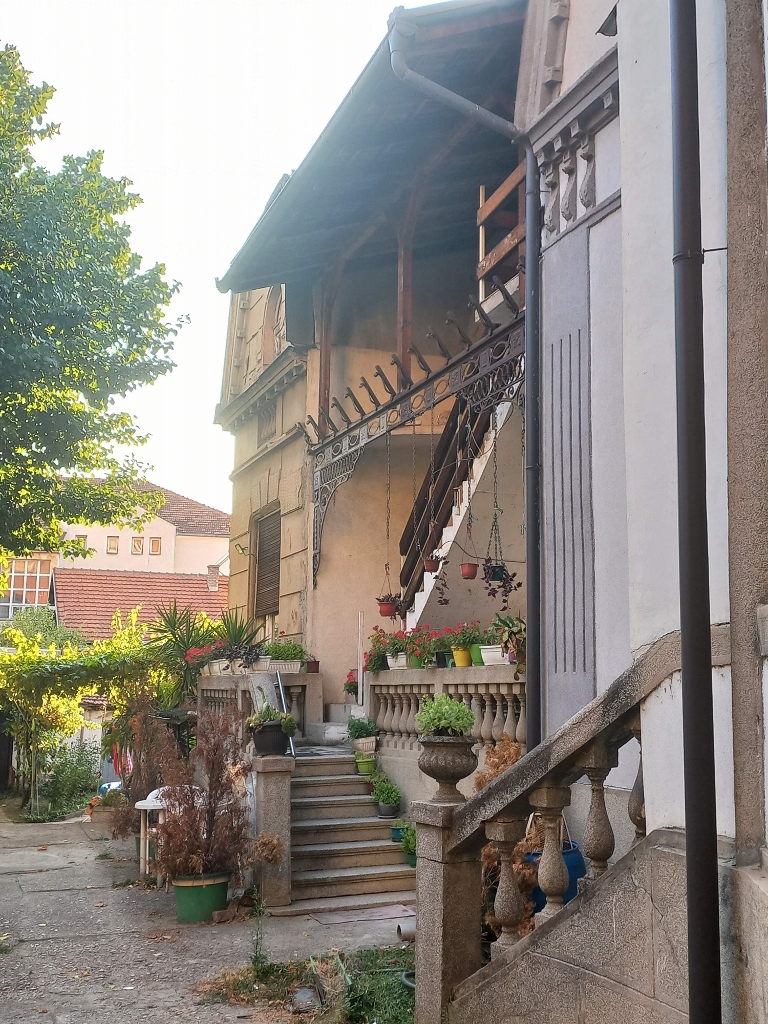 Urban House at Nikole Skobaljića 34-36, a detail
Urban House at Nikole Skobaljića 34-36, a detail
In this part of the city, I also saw some old houses that caught my eye because of certain details, but they are not on the list of immovable cultural assets I was using.
For example, the house shown in the next photo has very beautiful decorative window frames on the façade, at least what has survived. The house is for sale, so maybe someone will restore it.
 Leskovac, a detail
Leskovac, a detail
On another house, there wasn’t any nice façade decoration, but I found it interesting to see what materials houses used to be made of. On the other hand, even though the house is in terrible condition, I really liked the wooden window parts – people used to put so much effort into beautifying these details.
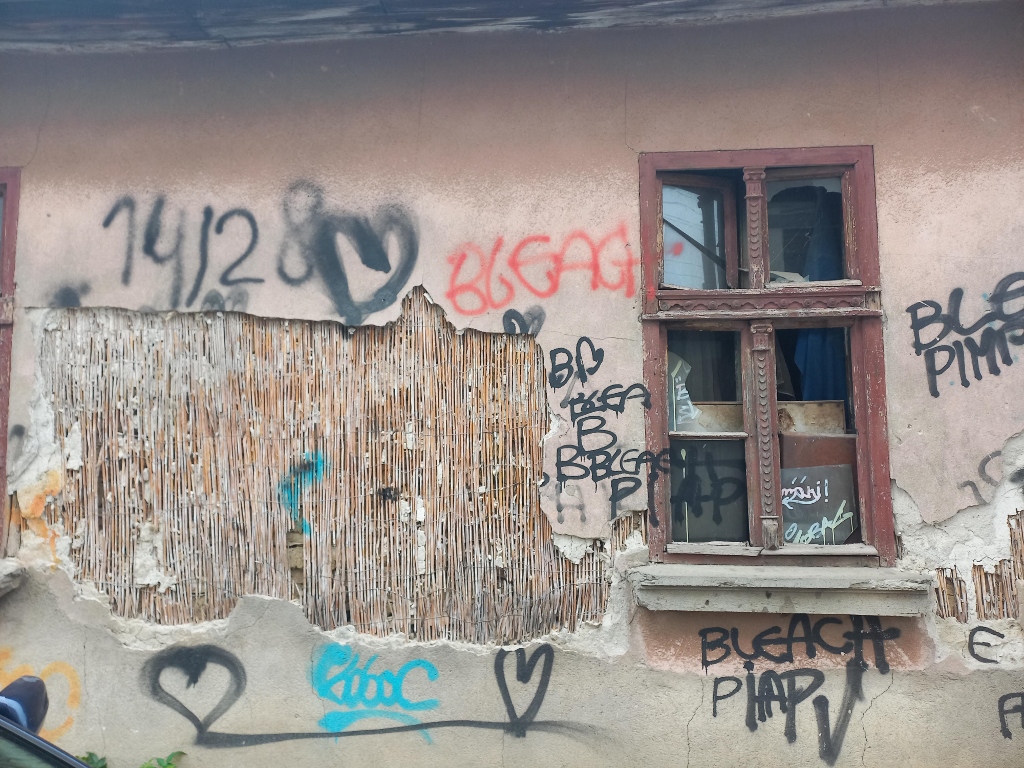 Leskovac, a detail
Leskovac, a detail
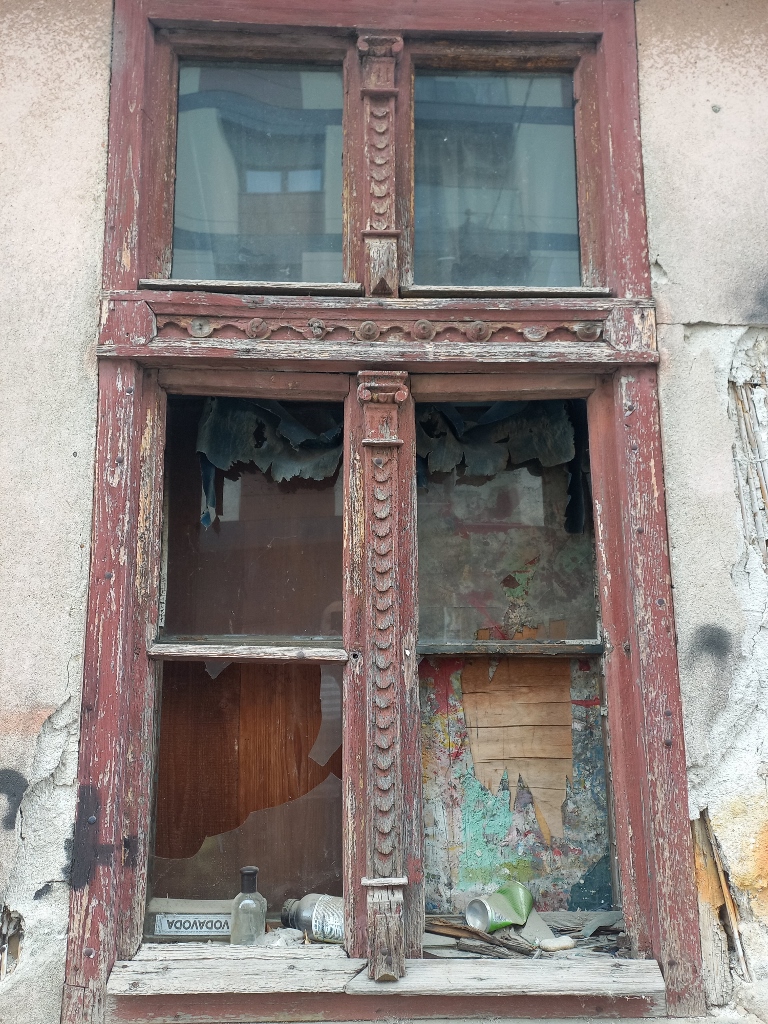 Leskovac, a detail
Leskovac, a detail
But even when they’re not cultural monuments, it’s nice to see that some modern owners manage to restore the former glory of old houses. For example, I walked past one that was clearly renovated recently. The result is very beautiful and elegant, so the house deserves two photos.
c
 Leskovac, a detail
Leskovac, a detail
 Leskovac, a detail
Leskovac, a detail
To conclude this sequel, I’ll also talk about my visit to the "City House" museum, located in the Bora Dimitrijević-Piksla’s House, which is itself a cultural monument.
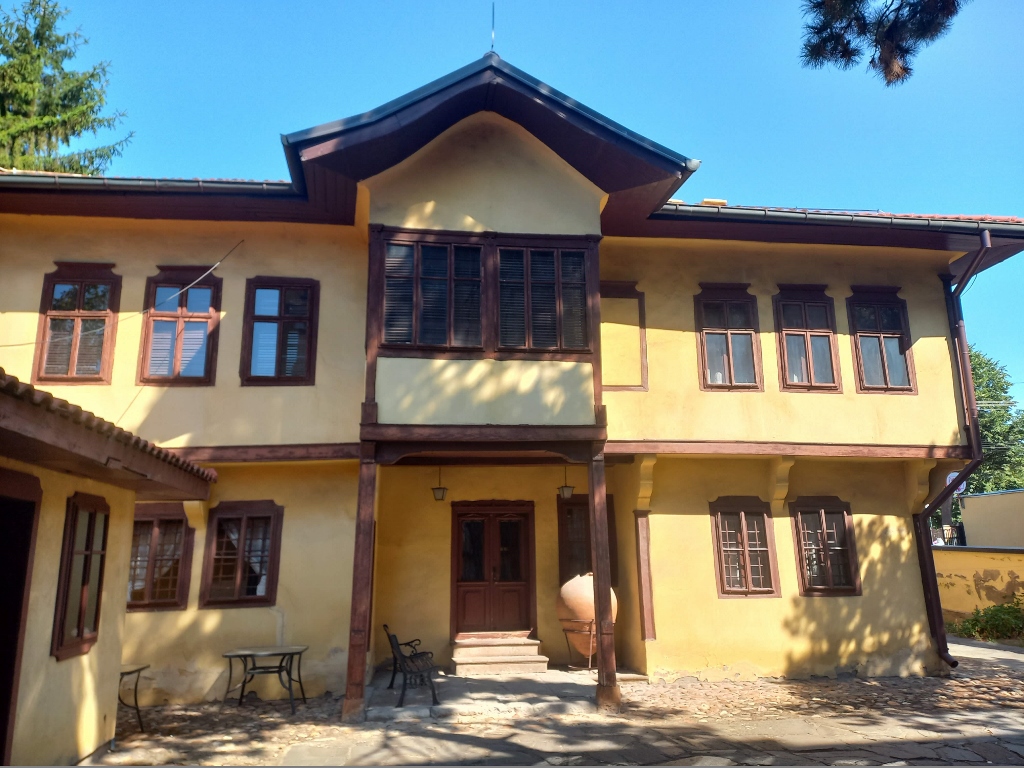 Bora Dimitrijević-Piksla’s House
Bora Dimitrijević-Piksla’s House
The house was built in 1850 and belonged to the distinguished Dimitrijević family, to Atanasije, who was the president of the court, and his wife Dara, who was a teacher. However, the house is now named after their son Bora Dimitrijević (1913–1942), who, upon returning from his studies in Belgrade, founded the city’s first amateur theatre. He was an amateur actor, director, and later the theatre’s manager. He joined the partisan movement in the first year of the war, but after being captured, he was executed by the Germans at Niš Fortress in mid-1942.
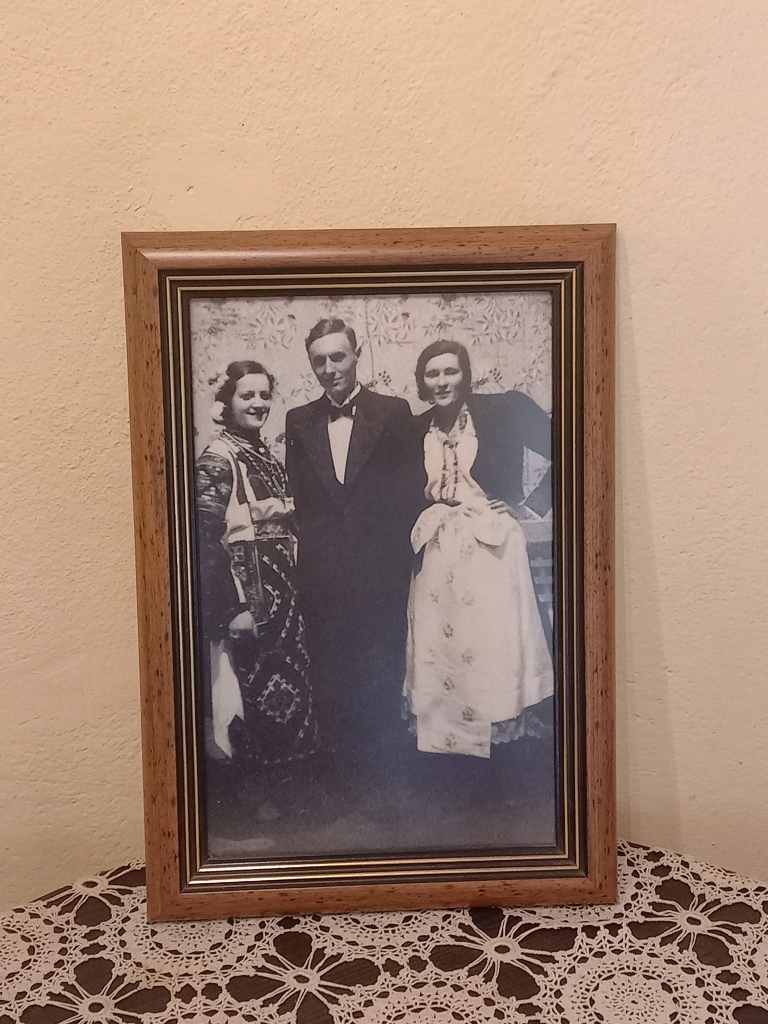 Photo of Bora Dimitrijević-Piksla
Photo of Bora Dimitrijević-Piksla
As for the house, it was built using the half-timber construction system as a single-story building in the Balkan style.
After World War II, the house was purchased and adapted into a museum building. The National Museum was housed there until 1974, when it moved to the newly built facility. Meanwhile, the house was left empty and exposed to the elements, but it was restored starting in 1995, while the exhibits displayed inside were conserved. The City House, as a new museum space showcasing the interior of a late 19th and early 20th-century home, opened in 2002.
When I arrived at the museum, I turned out to be the only visitor at that time, so a very kind woman working there took me on a tour and nicely presented each room to me.
To start with, there is a completely modern space designed for children who visit the museum, as various events like educational workshops for kids are organised here.
 City House, a detail
City House, a detail
And then we started touring the different rooms. Each room has a story, whether about the origin of the furniture, the purpose of the room, or drawing attention to a special detail. But the first room I saw was dedicated to Dr. Žak Konfin (1892–1975), a Leskovac native of Jewish descent who was both a doctor and a writer. He studied medicine abroad, then returned to his hometown and served as a doctor during World War I. Later, he lived in Leskovac again until 1936, when he moved to Belgrade.
Part of his legacy, belonging to the National Museum in Leskovac, is displayed here – his writing desk (he had started writing by then), chair, typewriter, and various personal items and photographs.
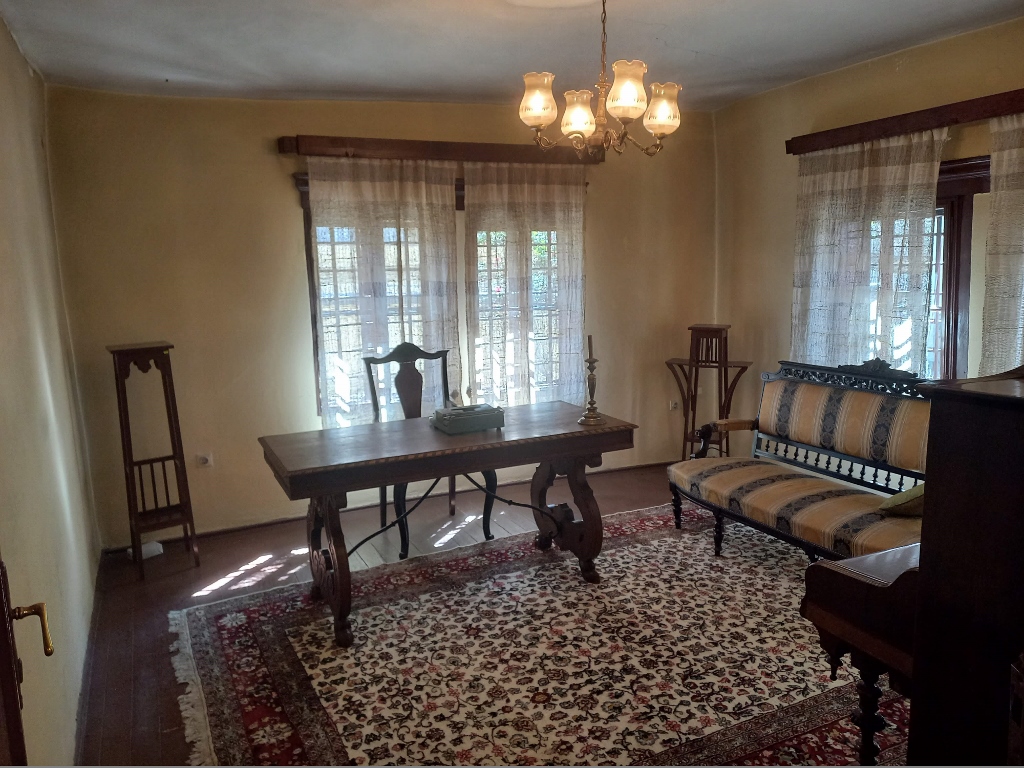 City House, a detail
City House, a detail
The other rooms are also interesting and contain some picturesque details, like the old open hearth, since this room actually served as the kitchen.
 City House, a detail
City House, a detail
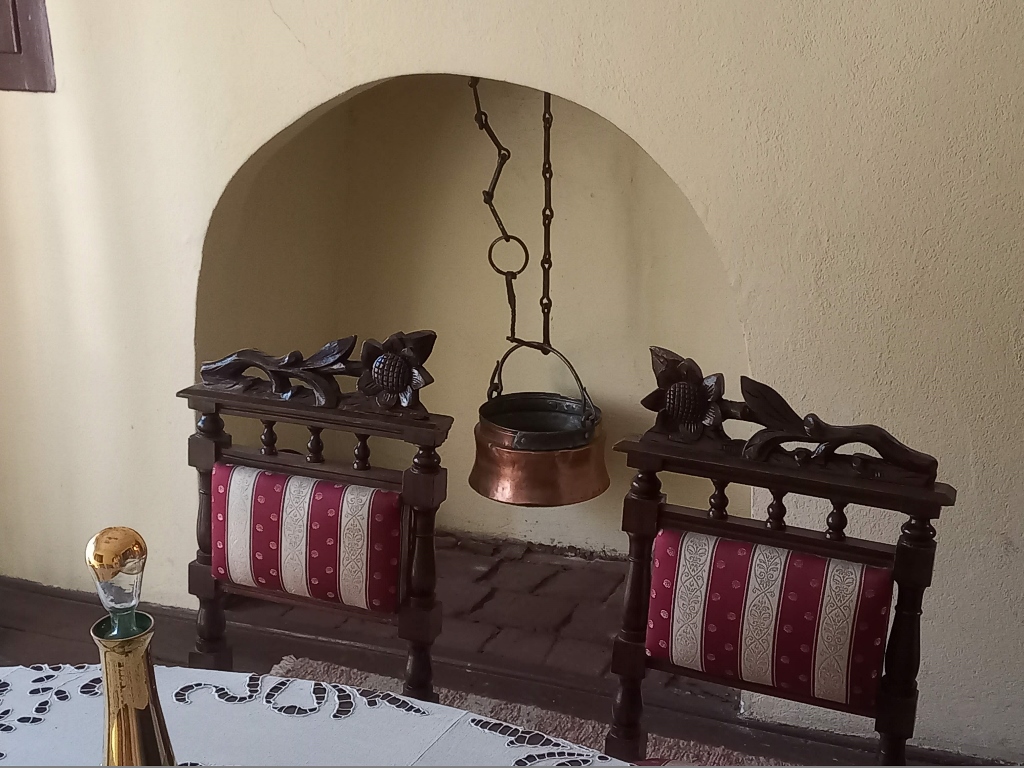 City House, a detail
City House, a detail
Then we went upstairs where there are several rooms, while especially interesting are the decorative ceilings made of oak boards.
 City House, a detail
City House, a detail
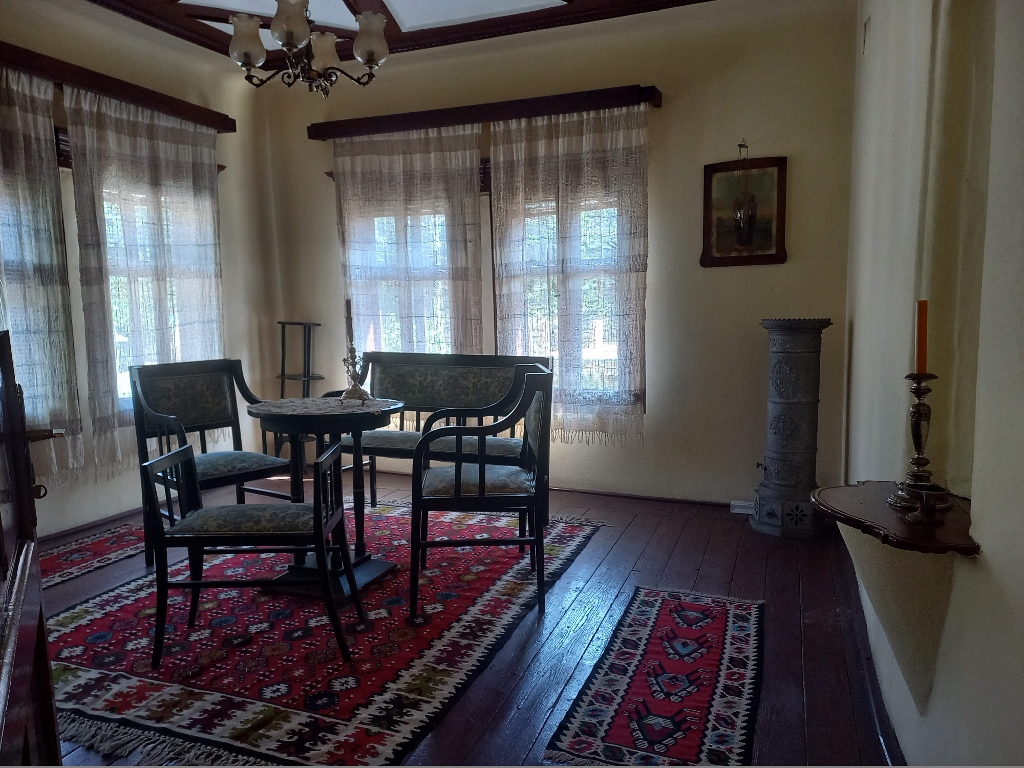 City House, a detail
City House, a detail
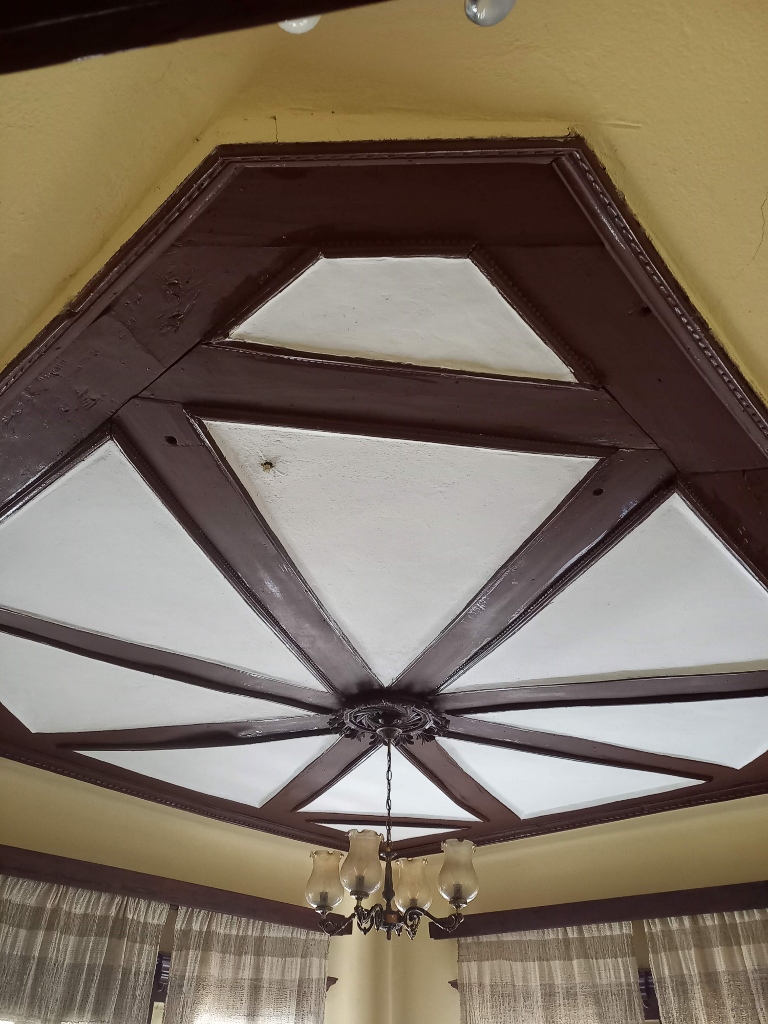 City House, a detail
City House, a detail
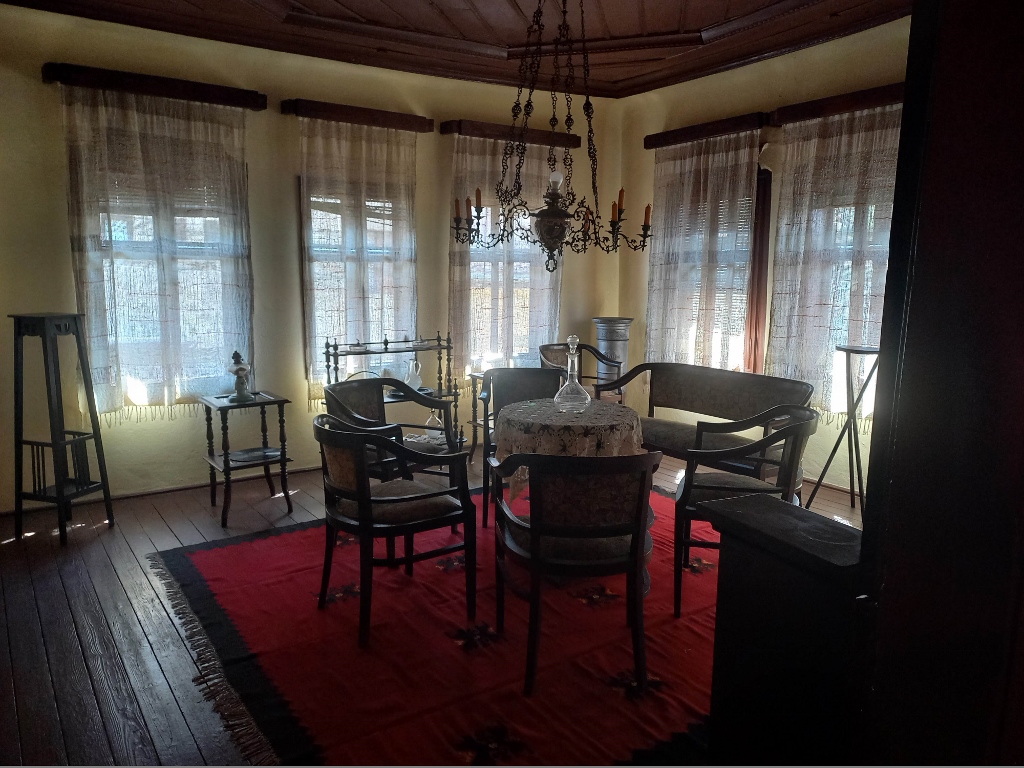 City House, a detail
City House, a detail
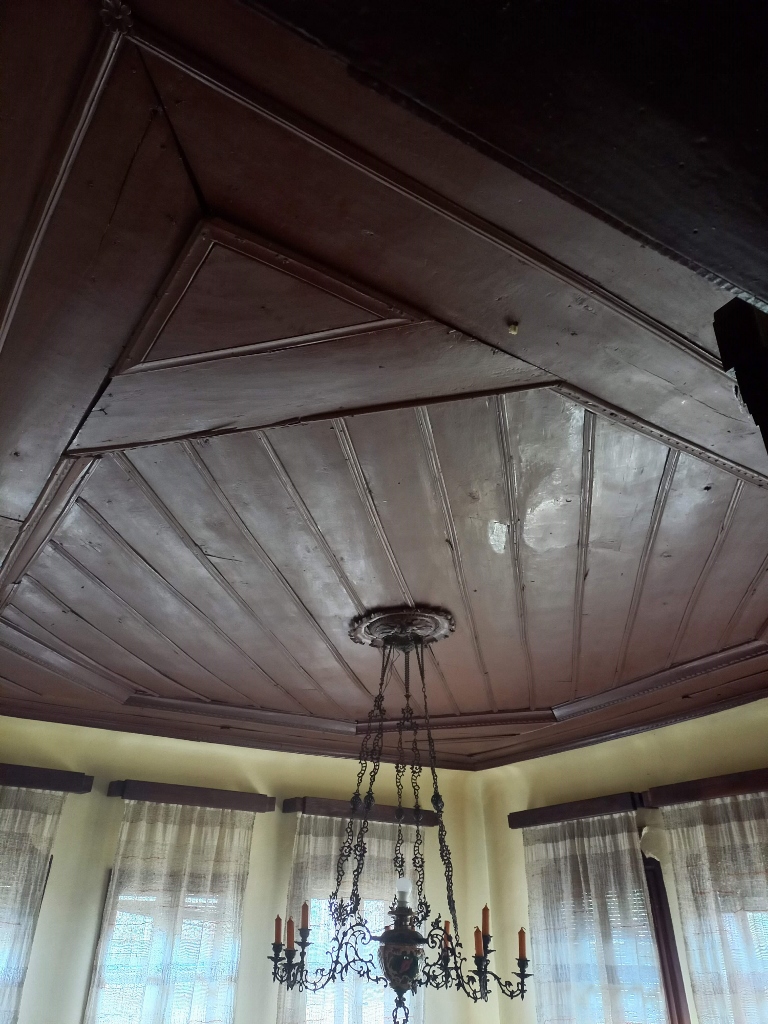 City House, a detail
City House, a detail
Upstairs there is also a divanhane facing the yard. Both the ceiling and the floor there are made of oak boards.
 City House, a detail
City House, a detail
The divanhane served as a room for receiving guests and conversation, somewhat like a living room.
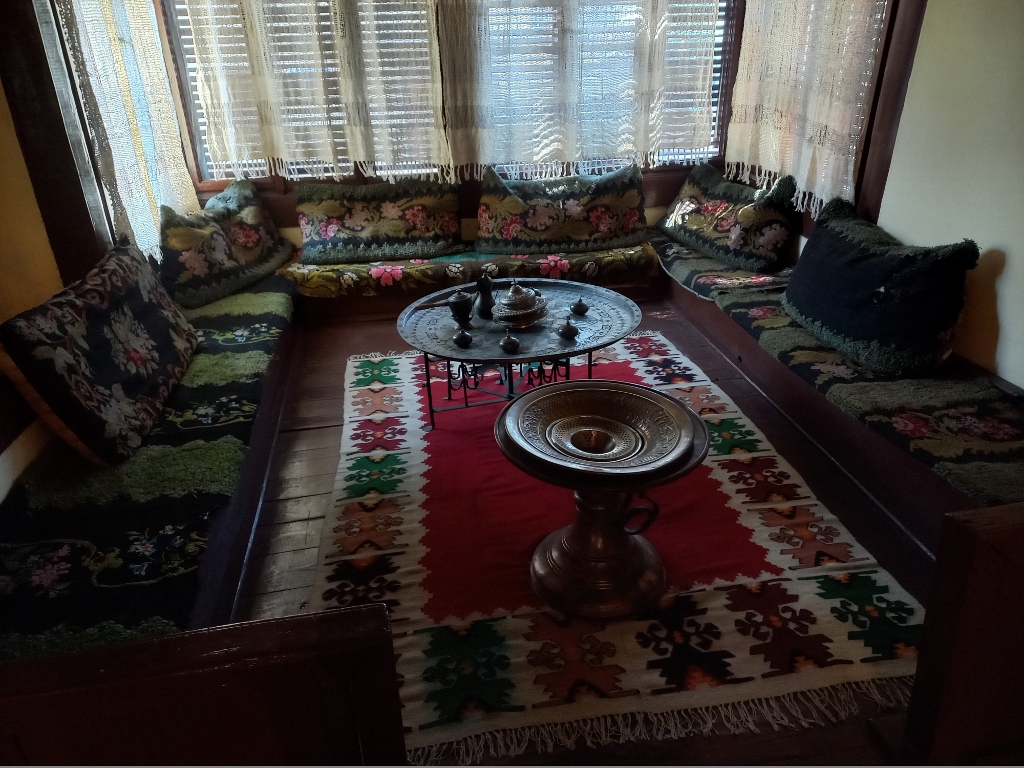 City House, a detail
City House, a detail
In the neighbouring room, besides the nicely arranged space, my hostess showed me a built-in closet. The interior walls were made thick enough to accommodate a proper wardrobe built right into them.
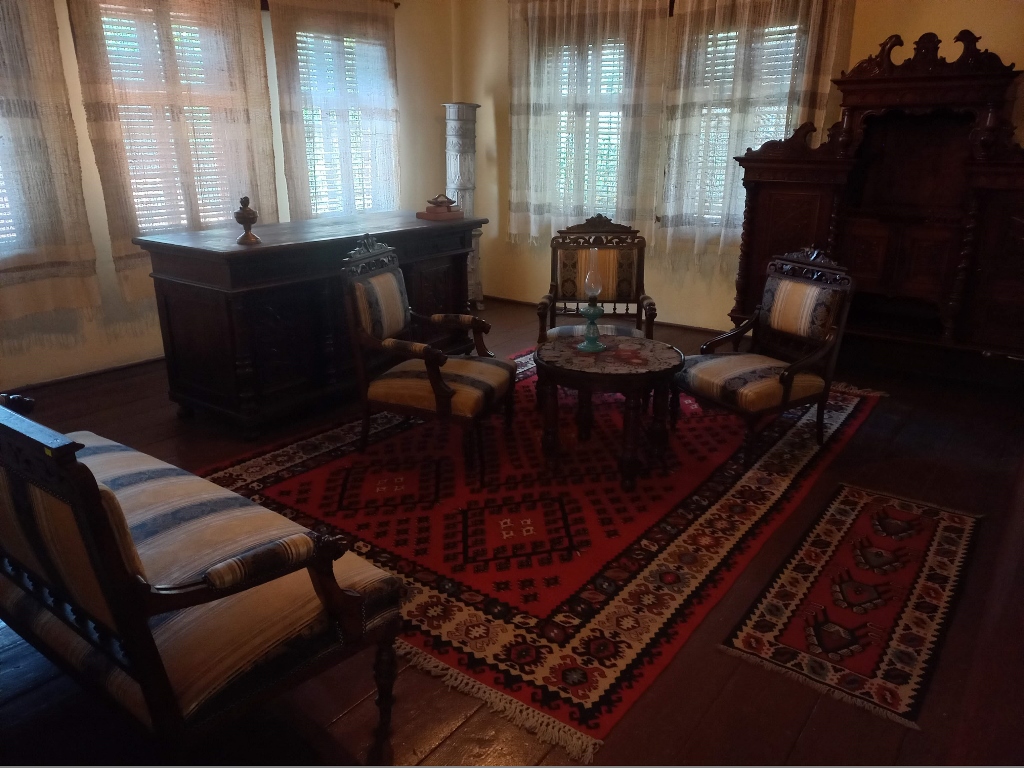 City House, a detail
City House, a detail
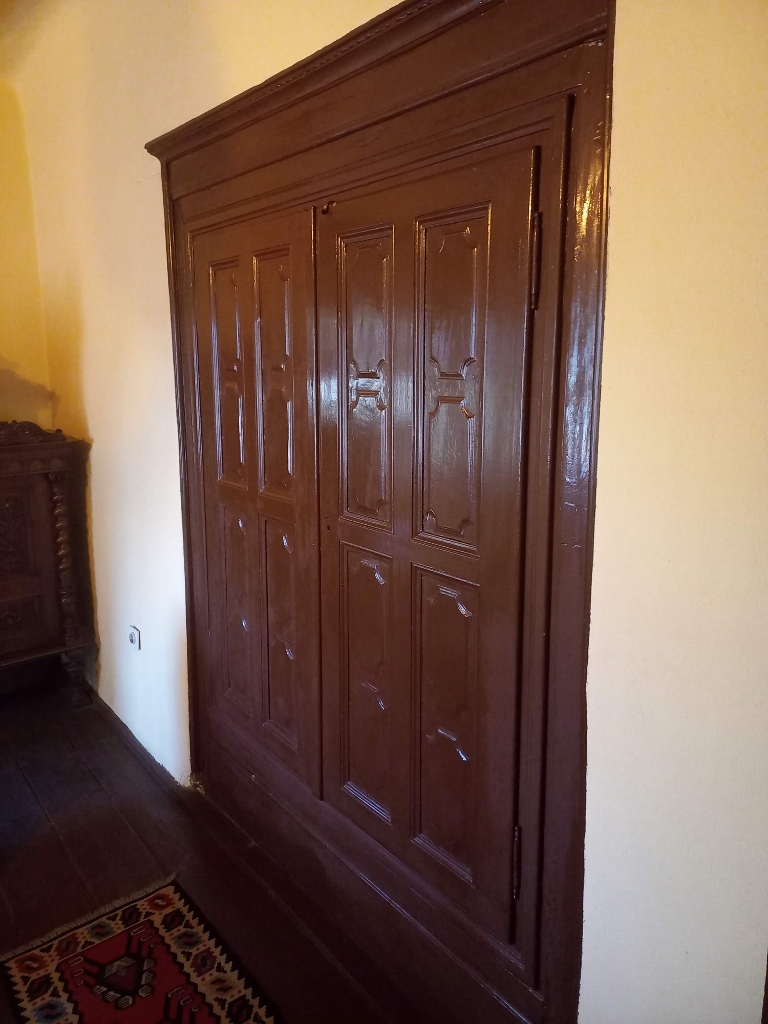 City House, a detail
City House, a detail
Especially beautiful is the so-called Maiden’s Room, which nicely illustrates how girls used to prepare their dowry. For this purpose, they engaged in various handicrafts that were then stored in a hope chest.
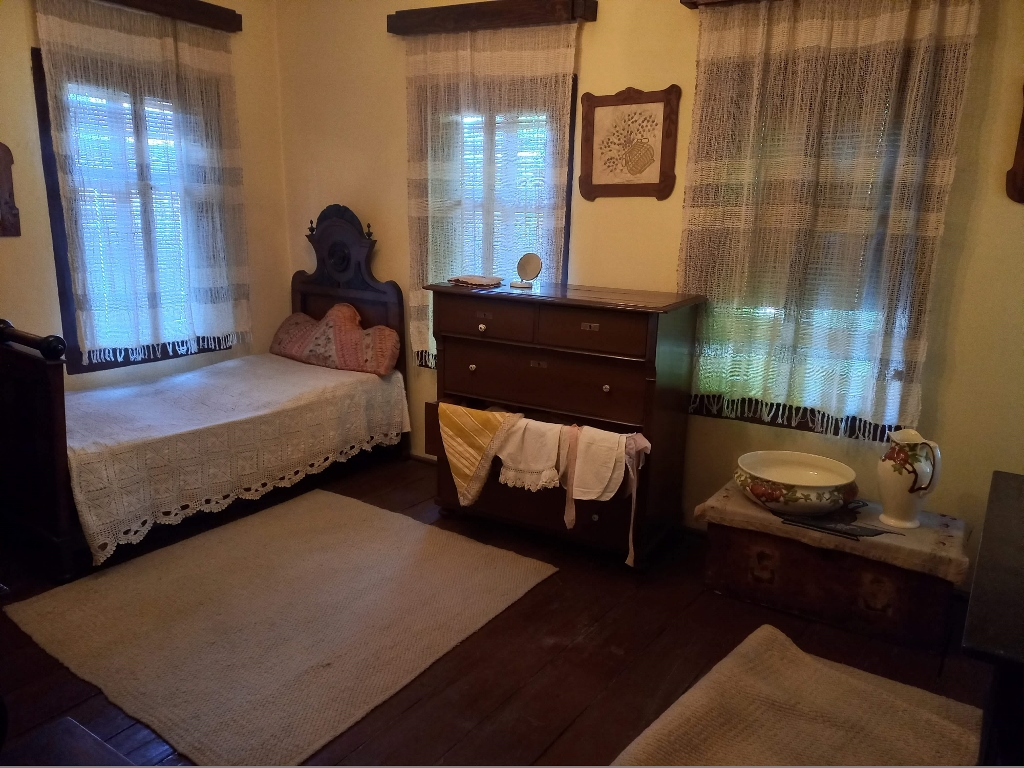 City House, a detail
City House, a detail
 City House, a detail
City House, a detail
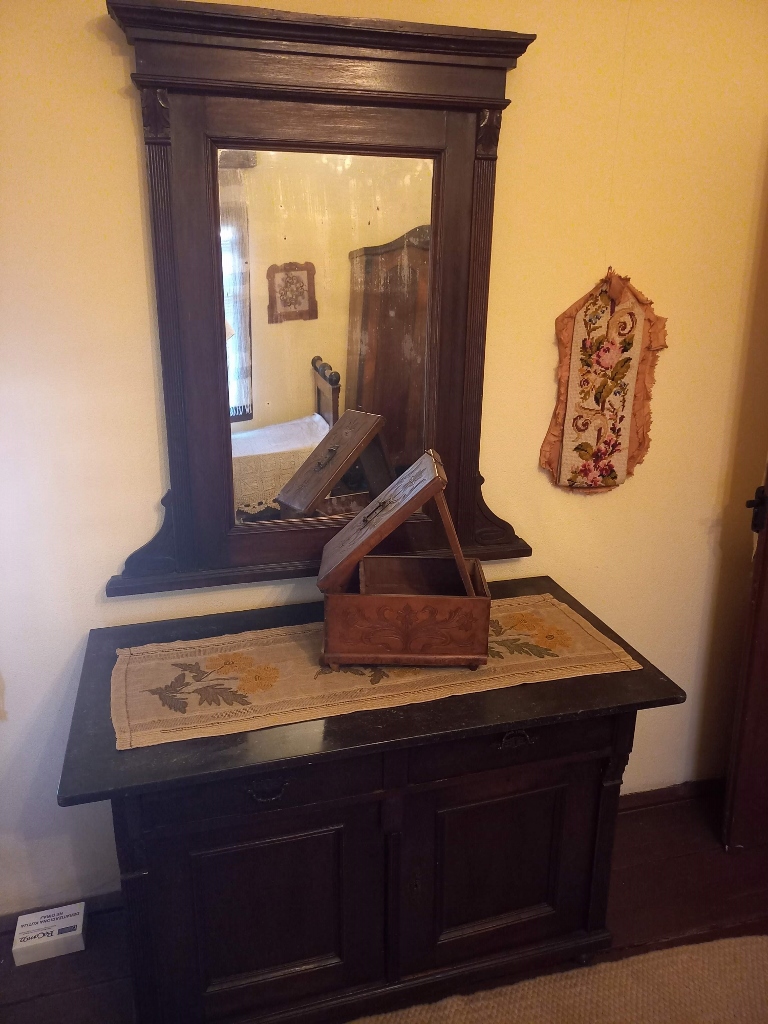 City House, a detail
City House, a detail
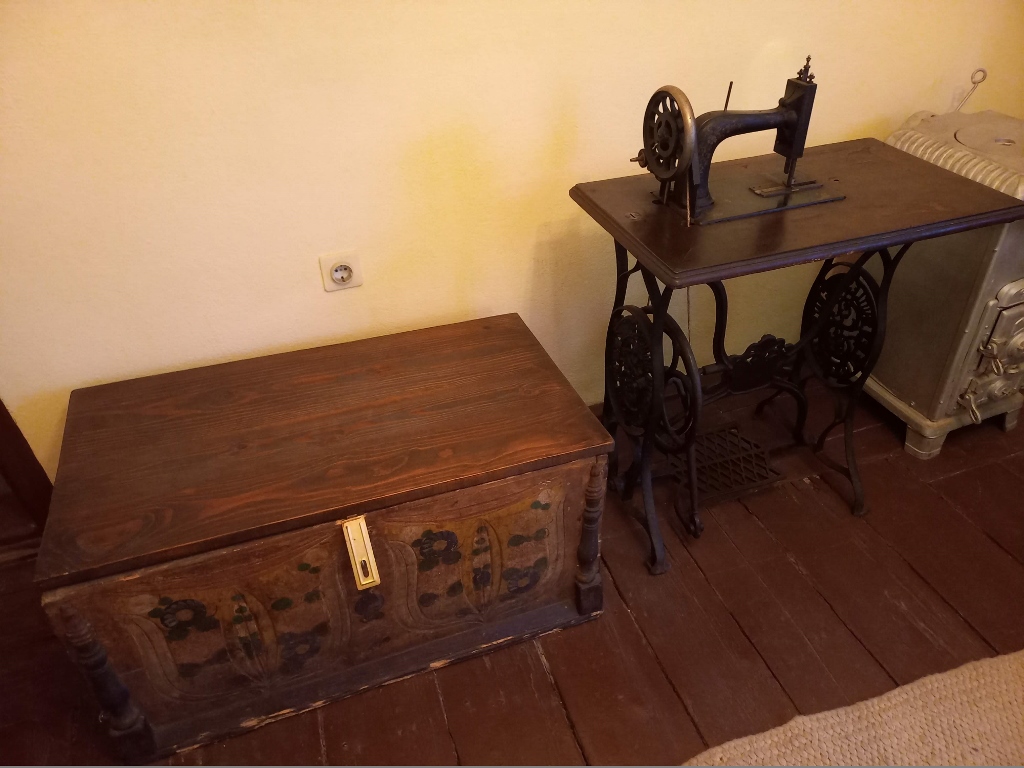 City House, a detail
City House, a detail
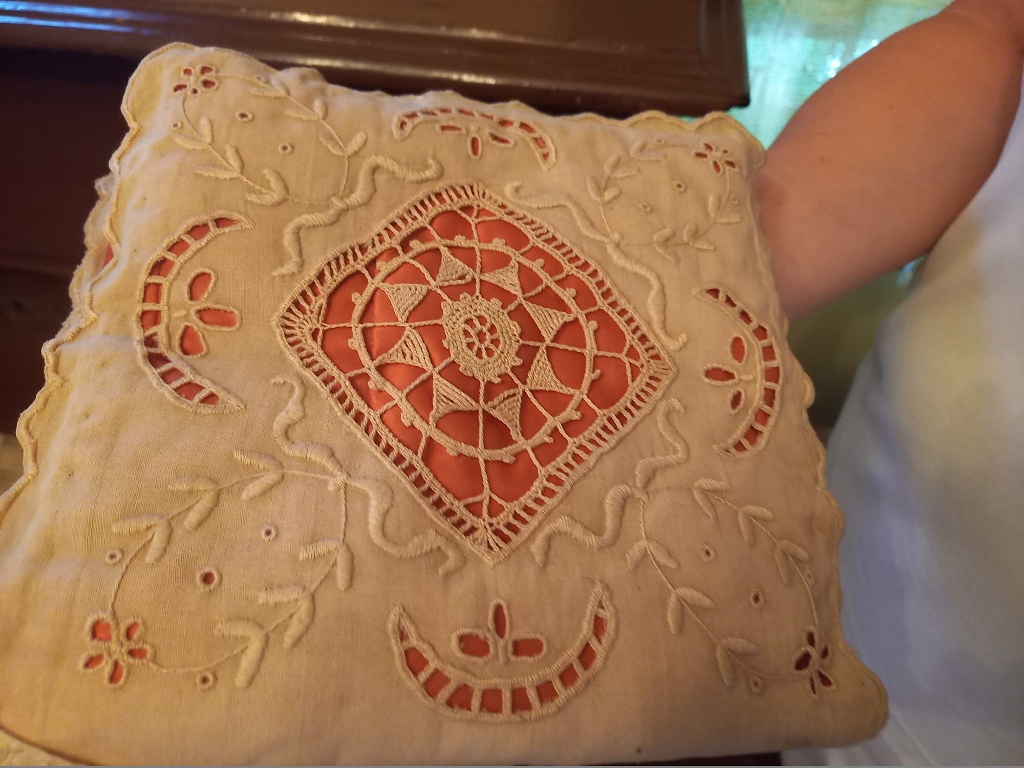 City House, a detail
City House, a detail
Here I also concluded my tour of the cultural monuments in the city (with a few exceptions), but I also took another trip outside the city and visited a church near Leskovac on the day I started heading home. I will write about that in the next instalments of my stories about visiting Leskovac and its surroundings in July 2025. For now, here is a map showing the locations of the places and buildings I visited and mentioned in these stories.